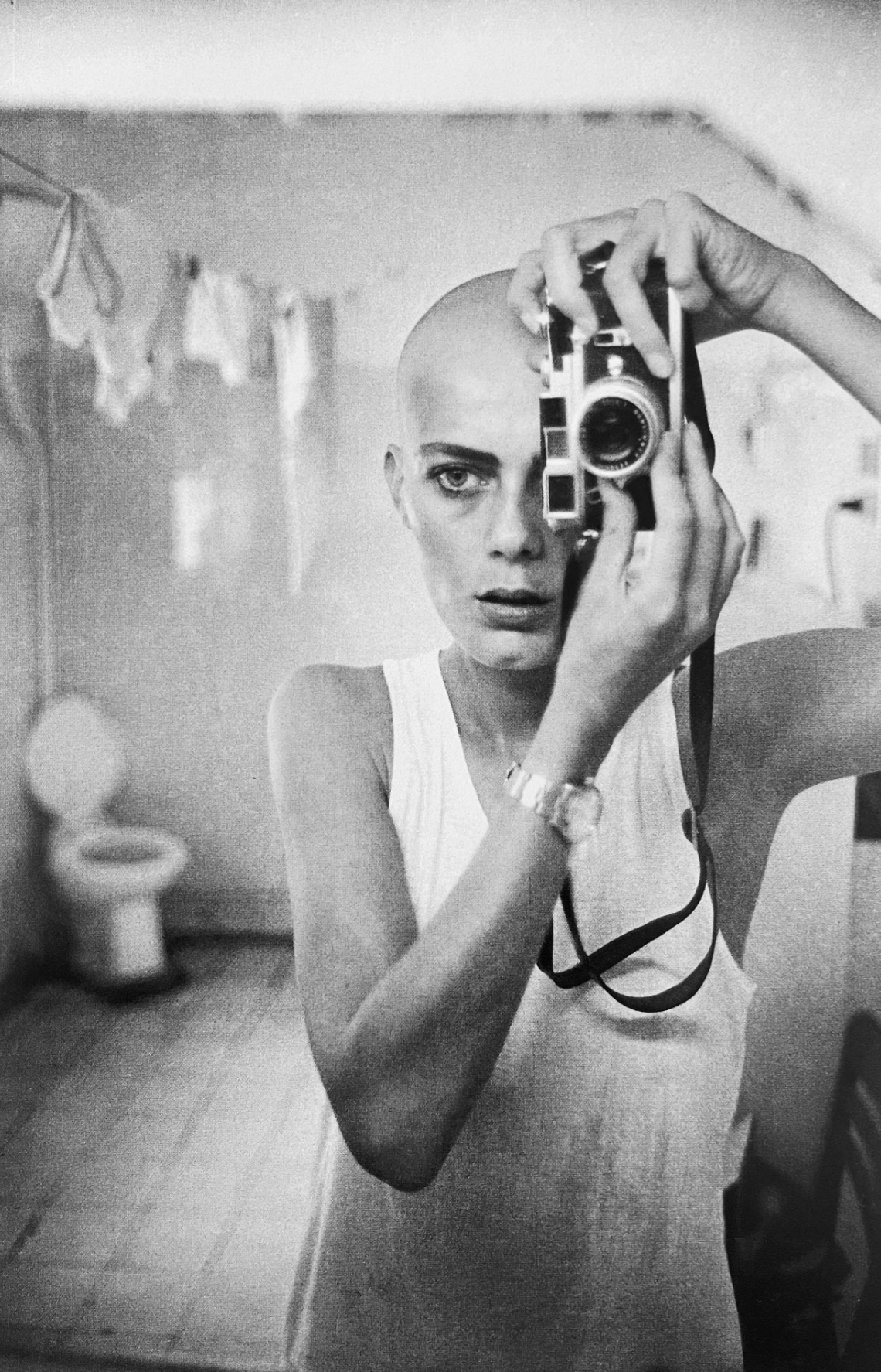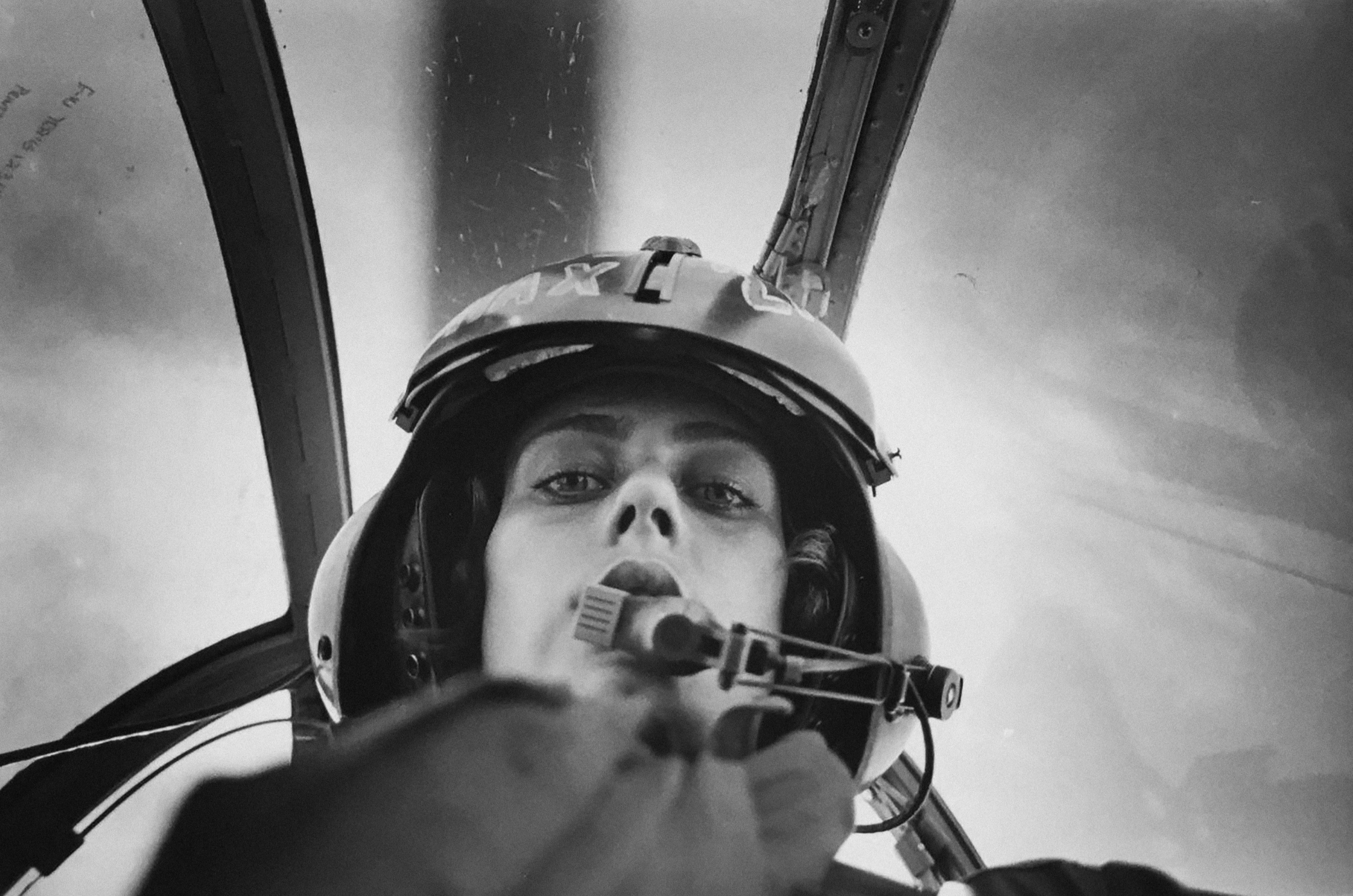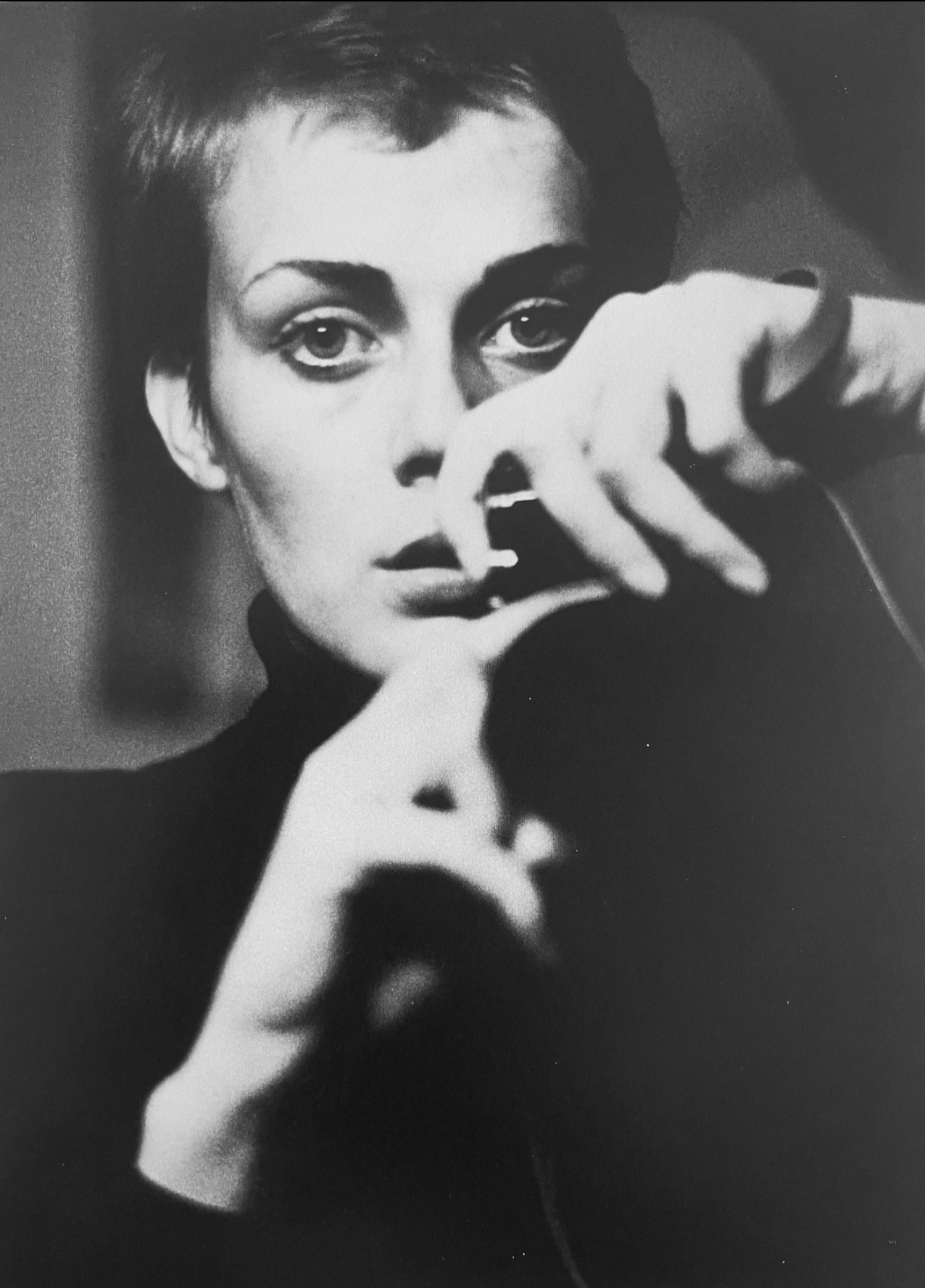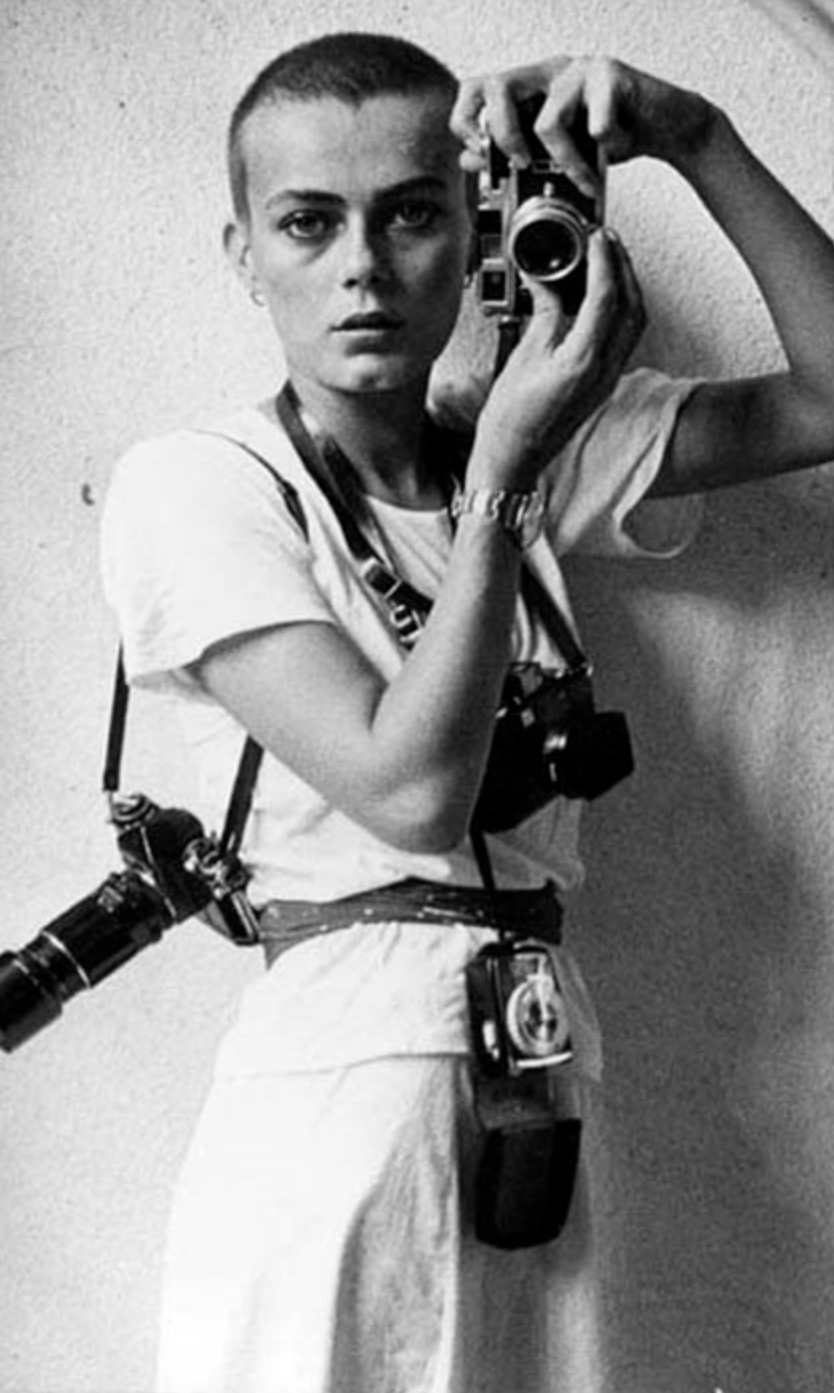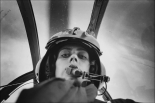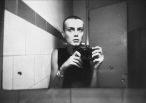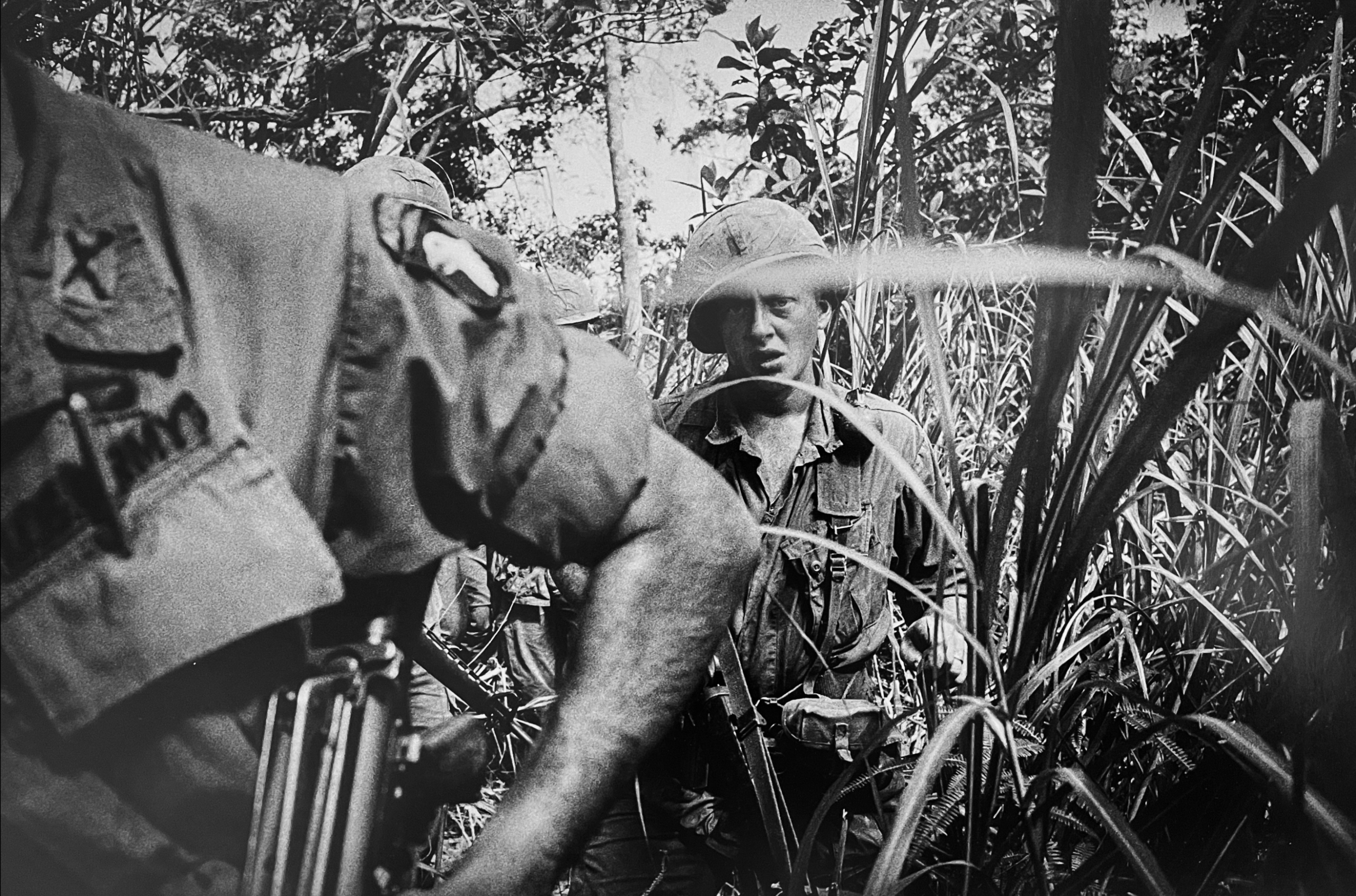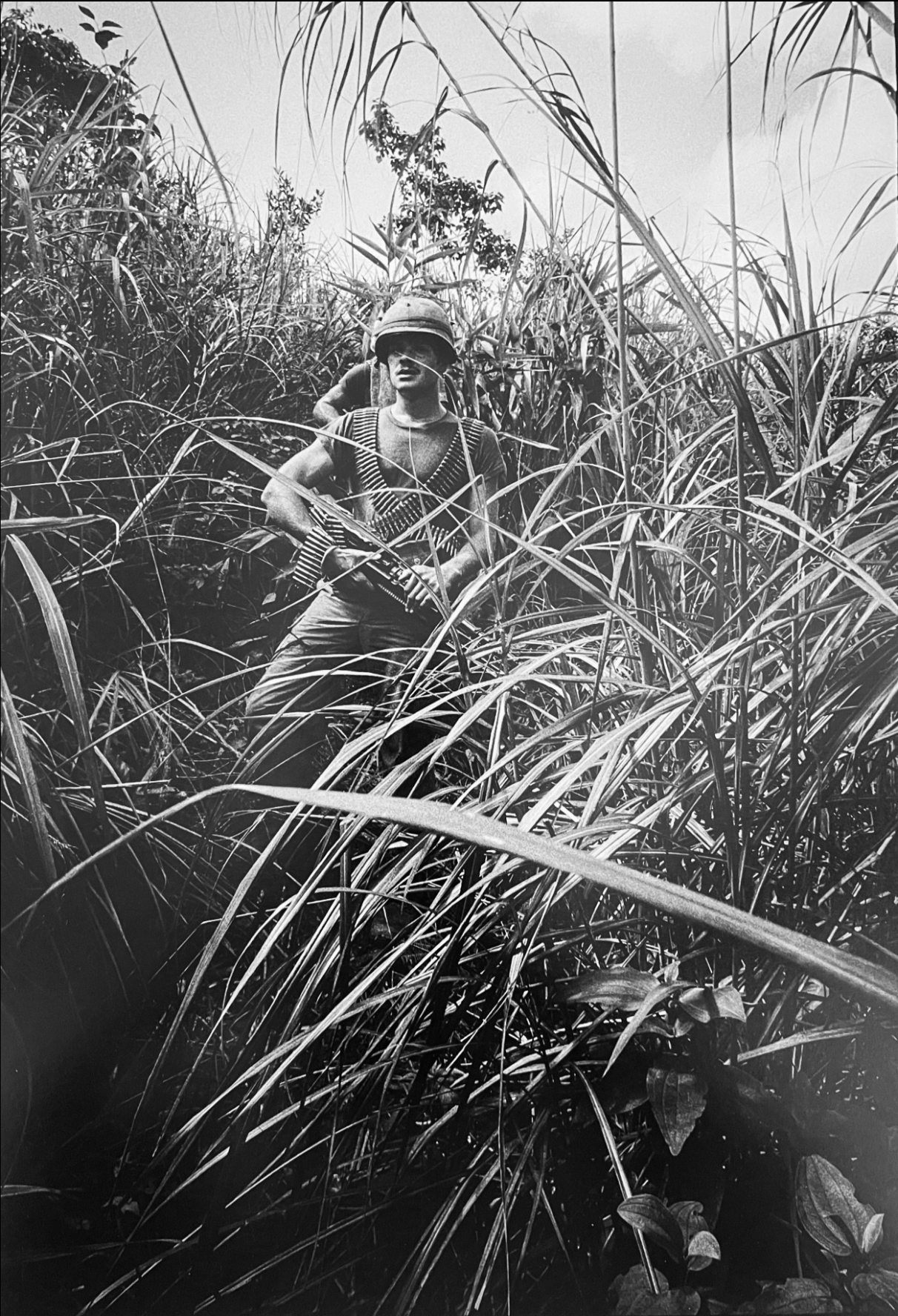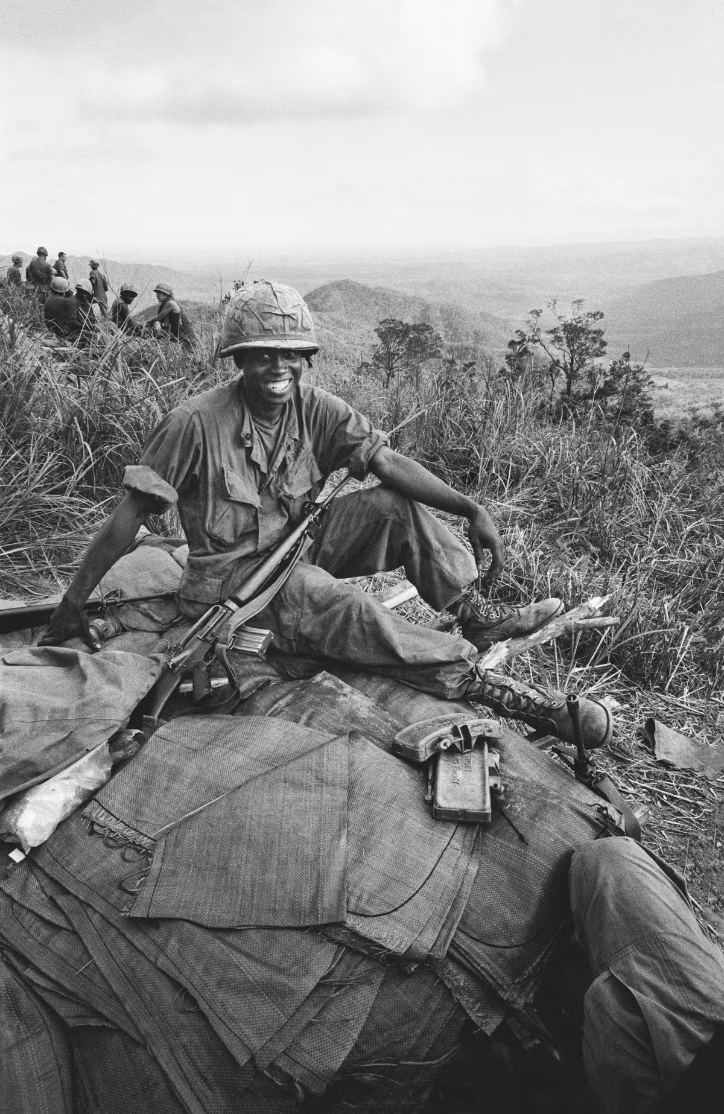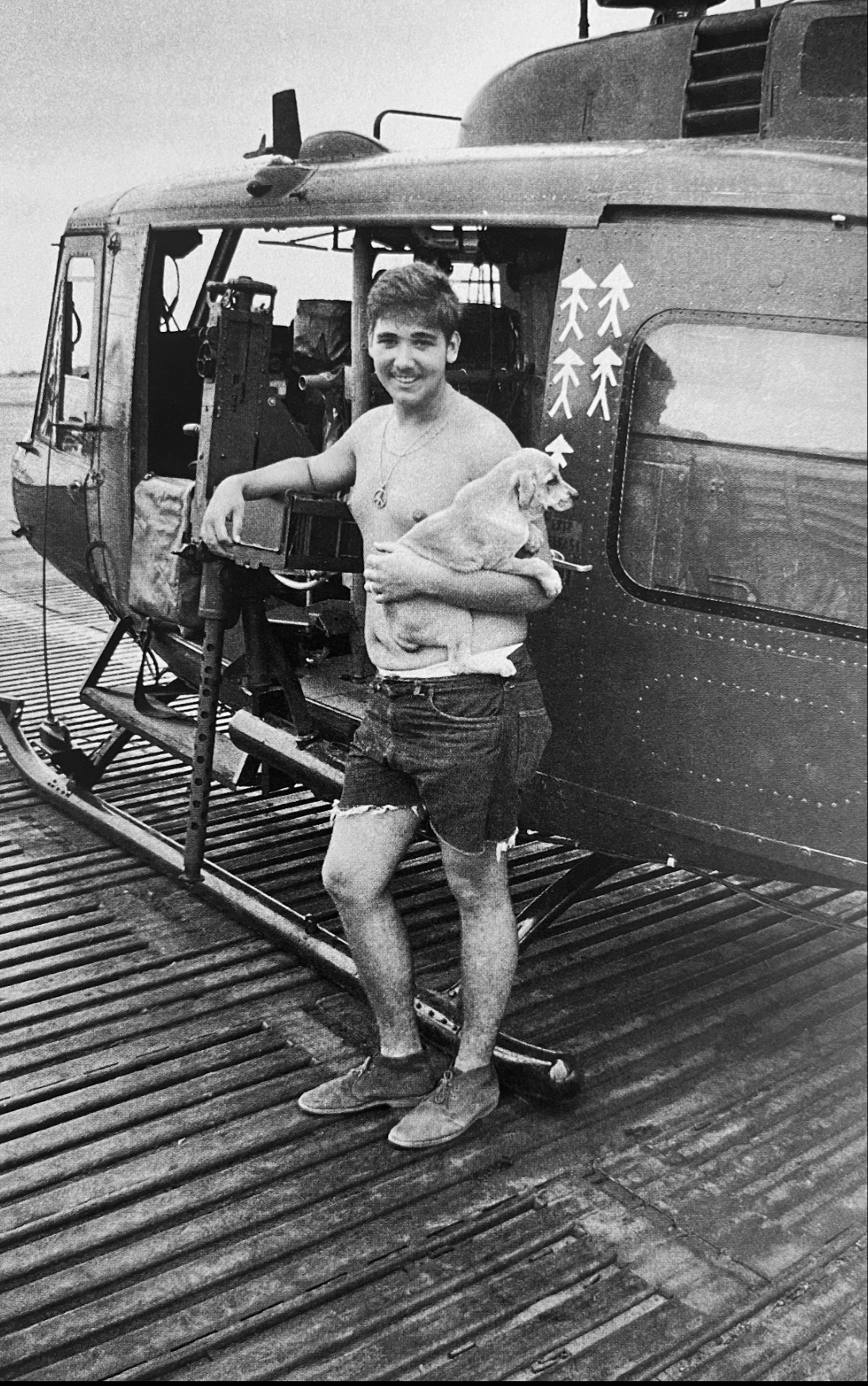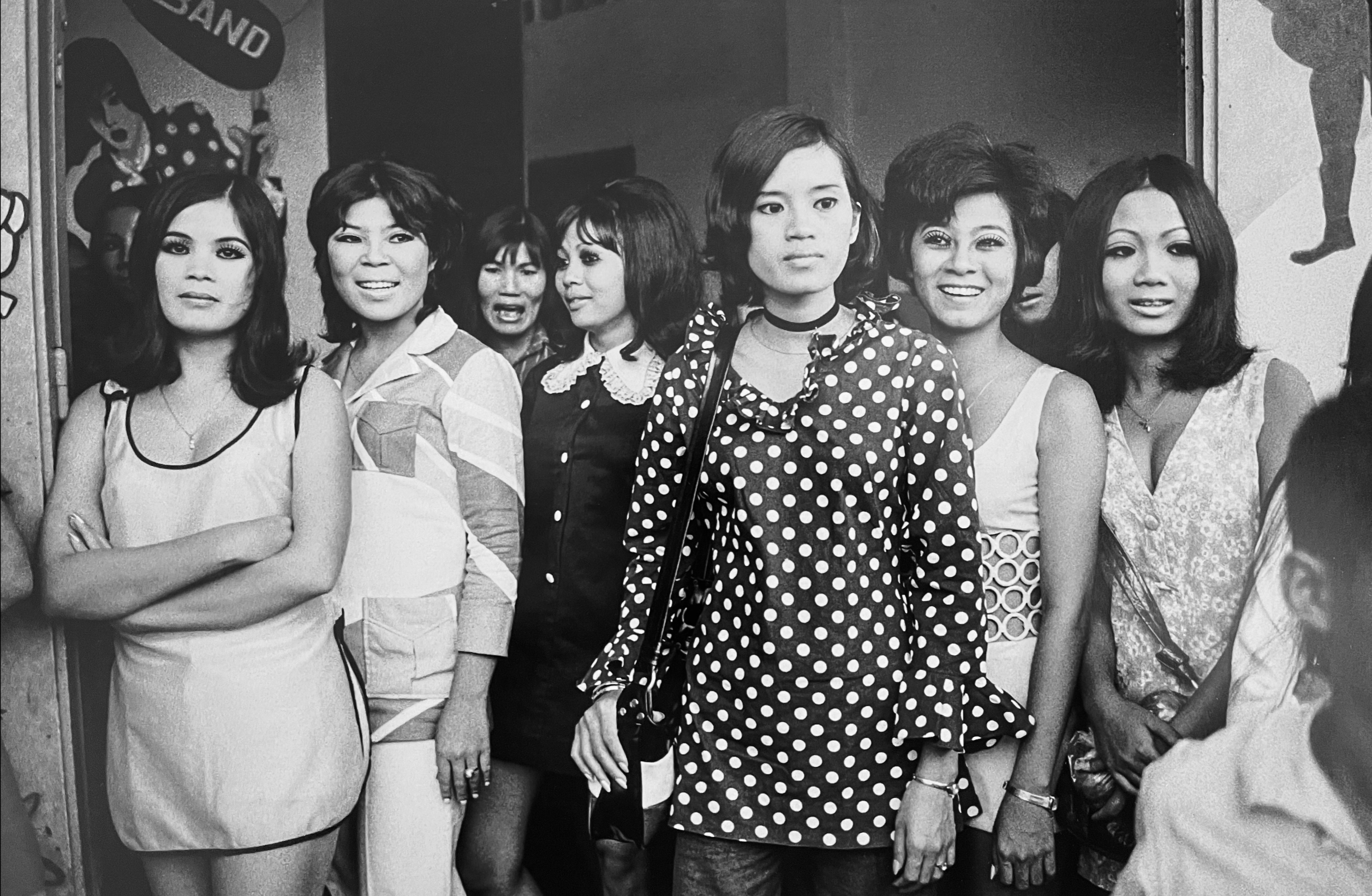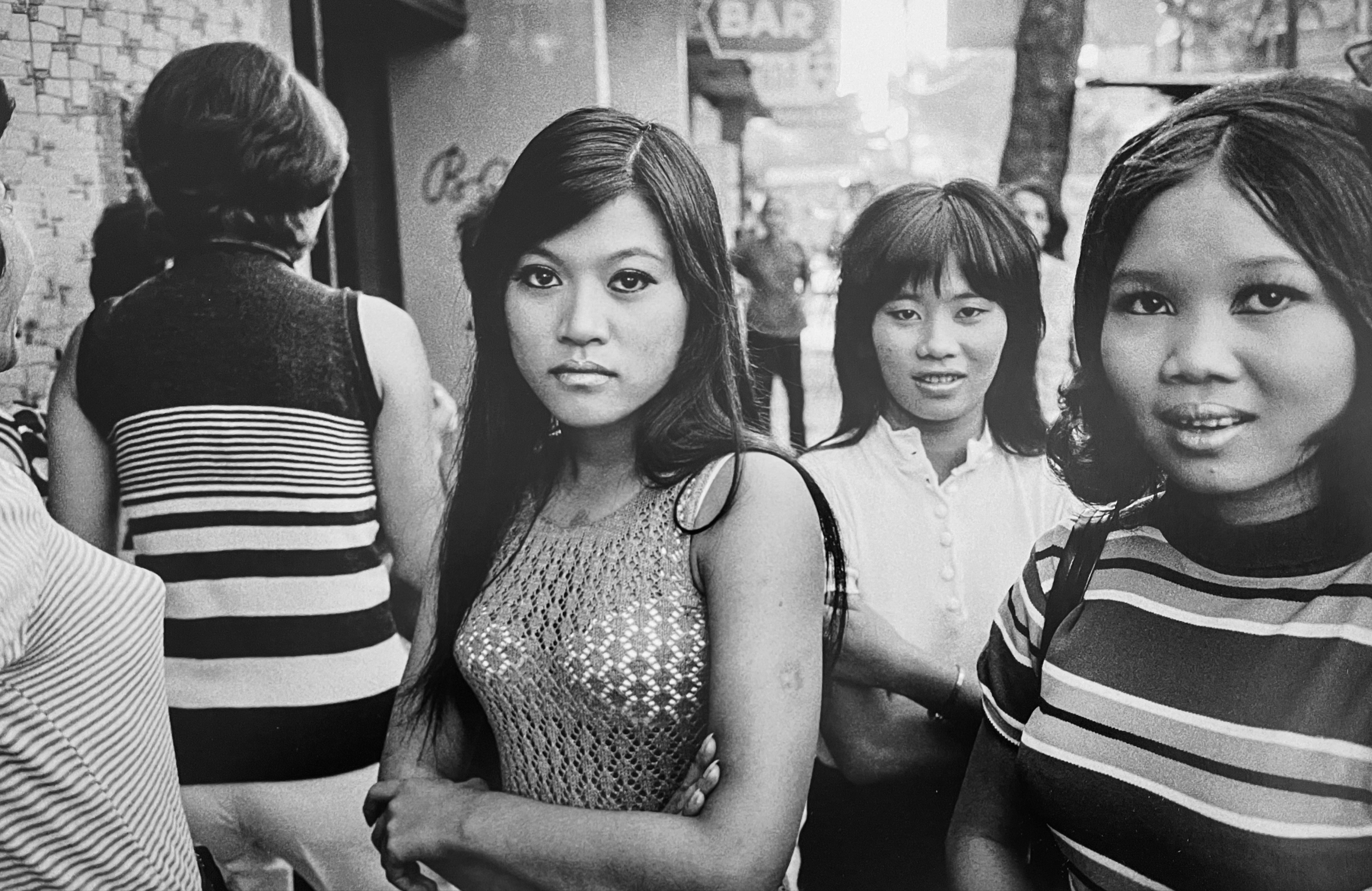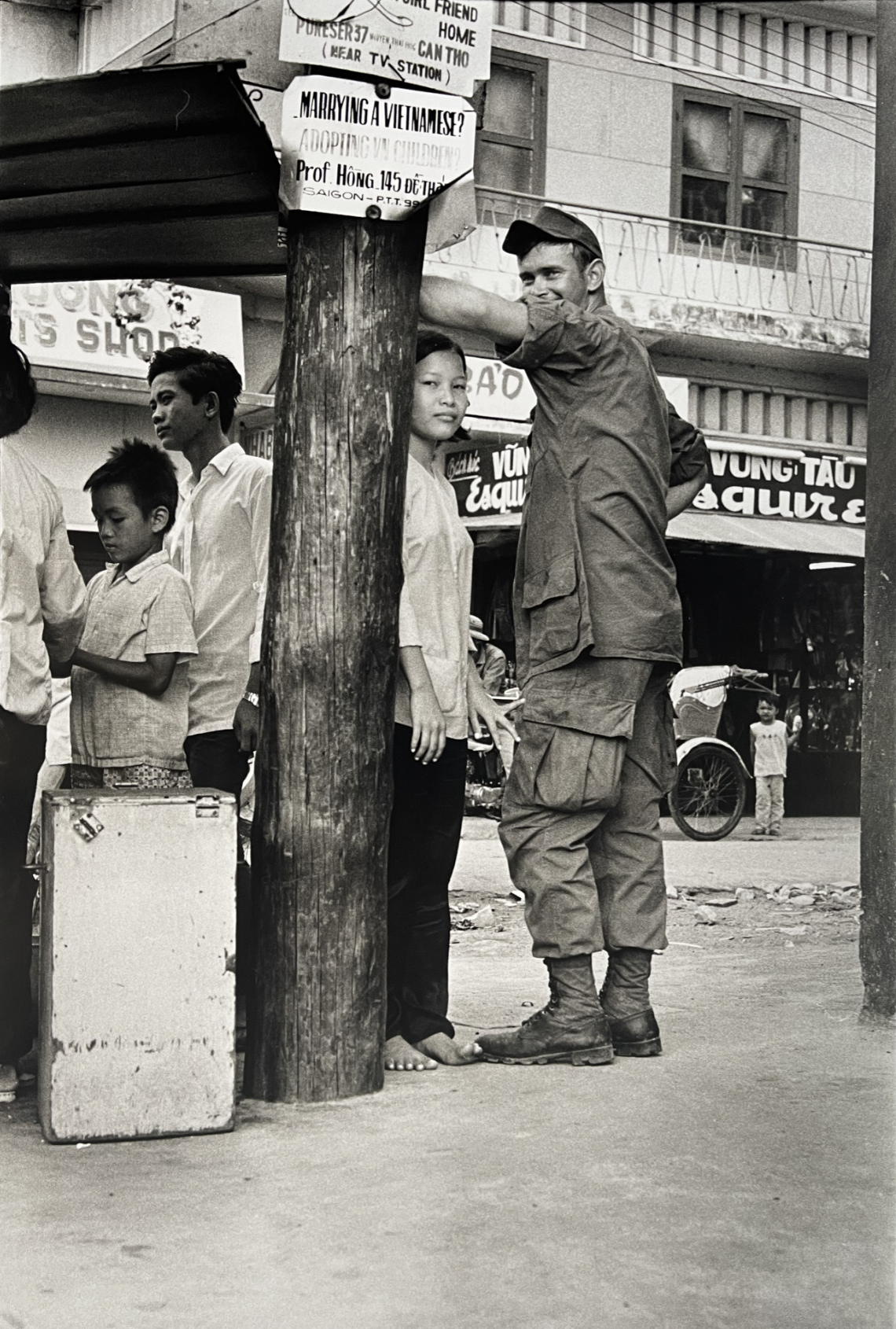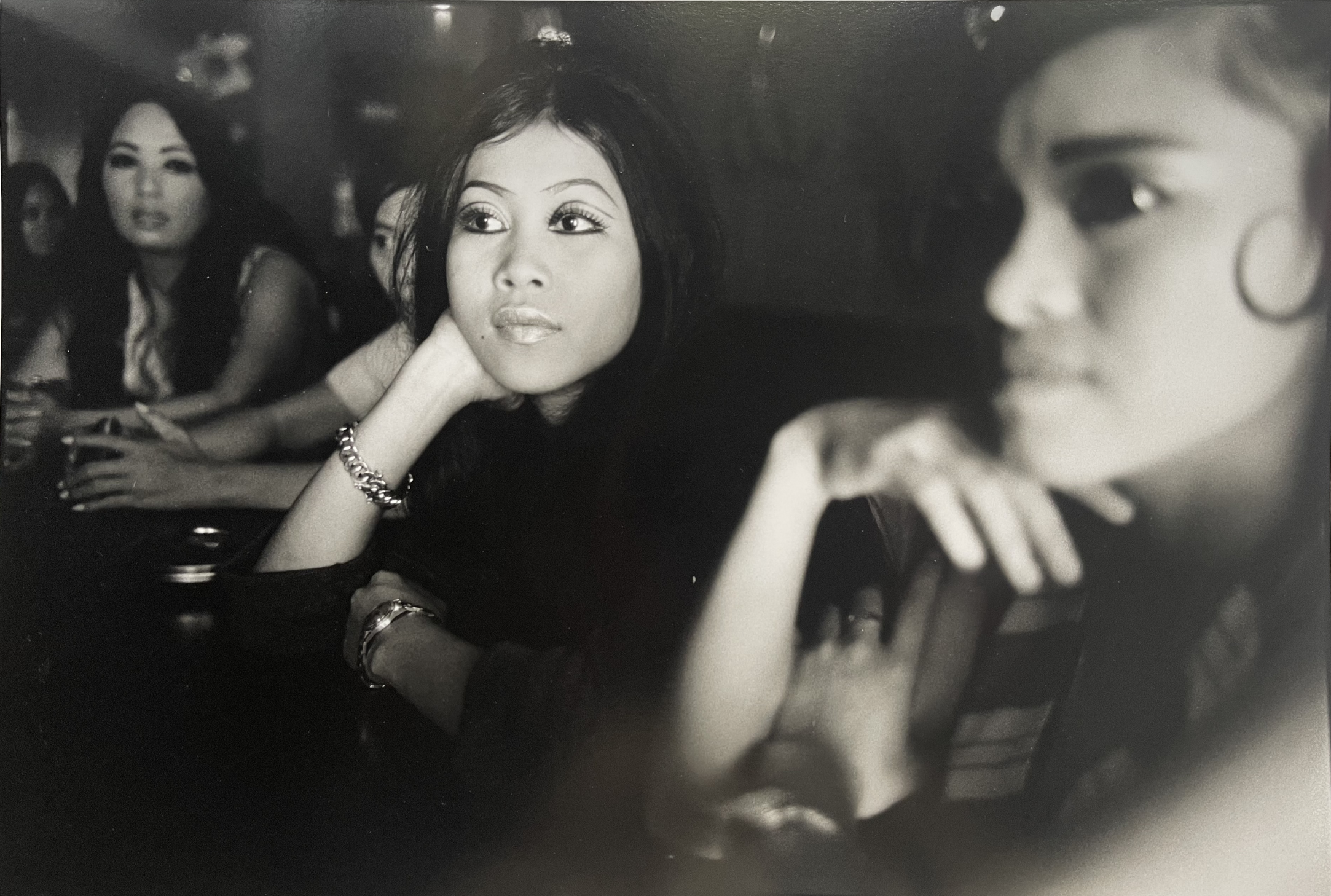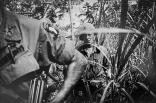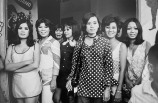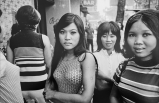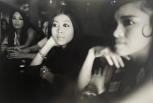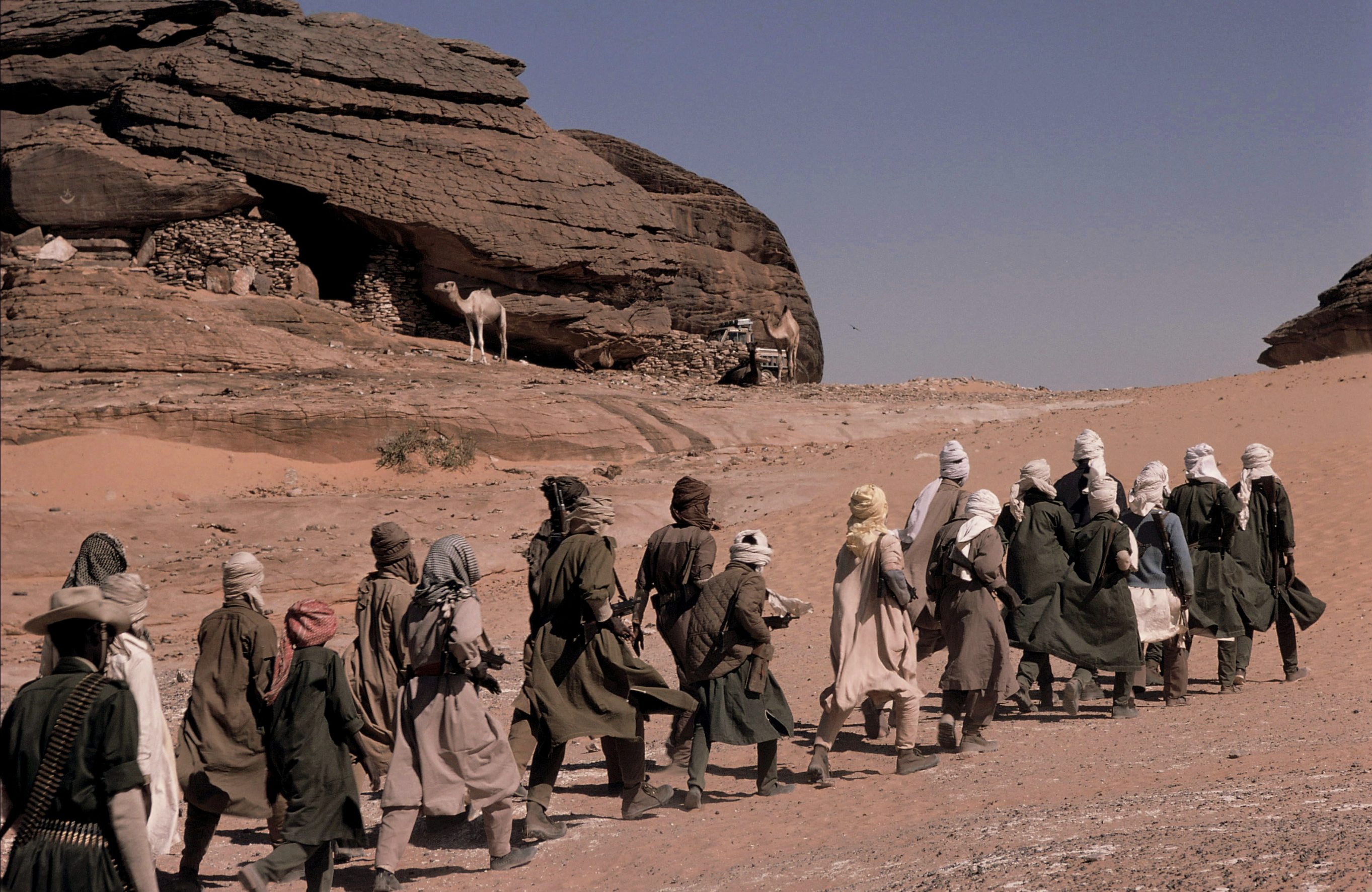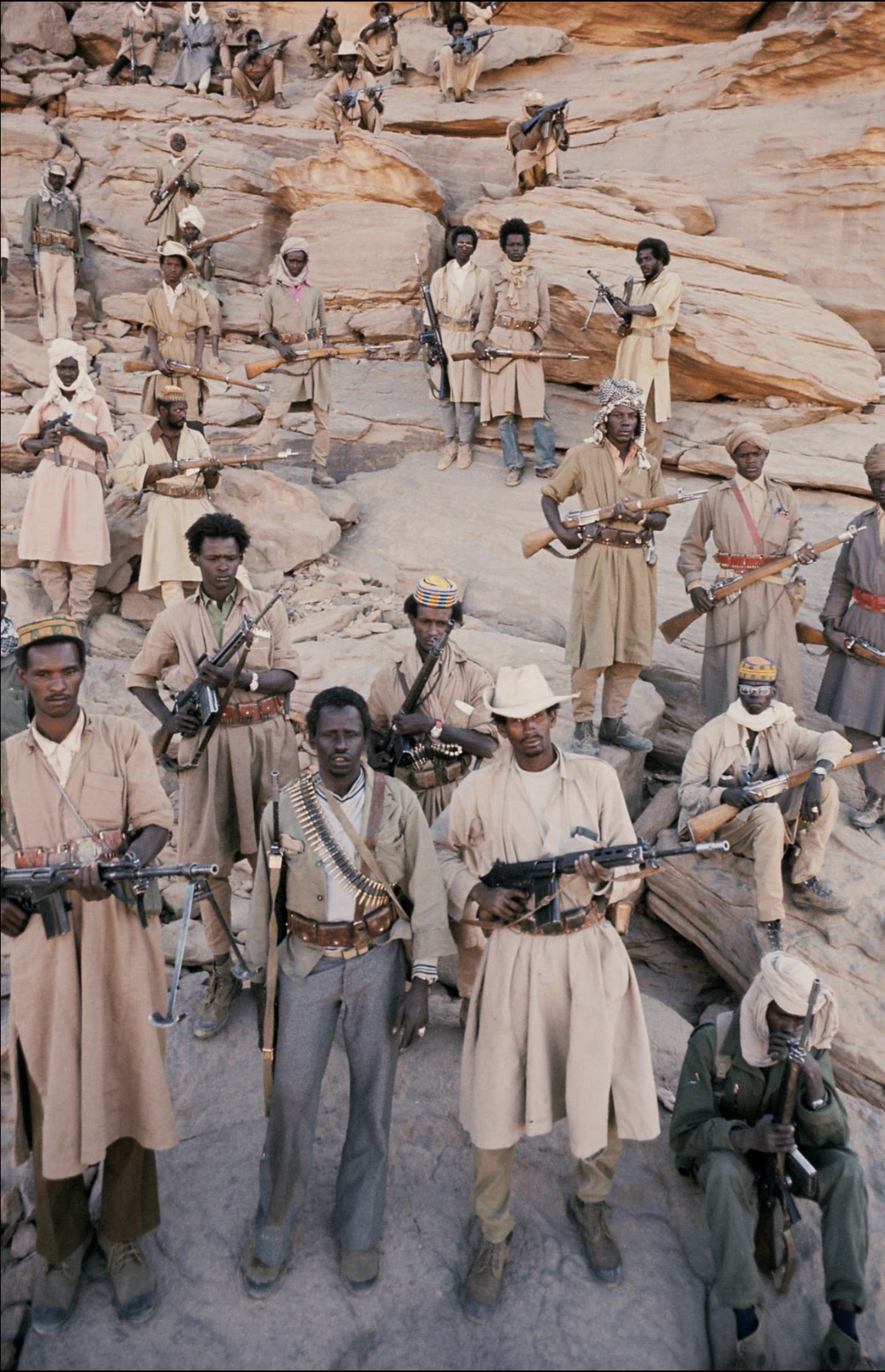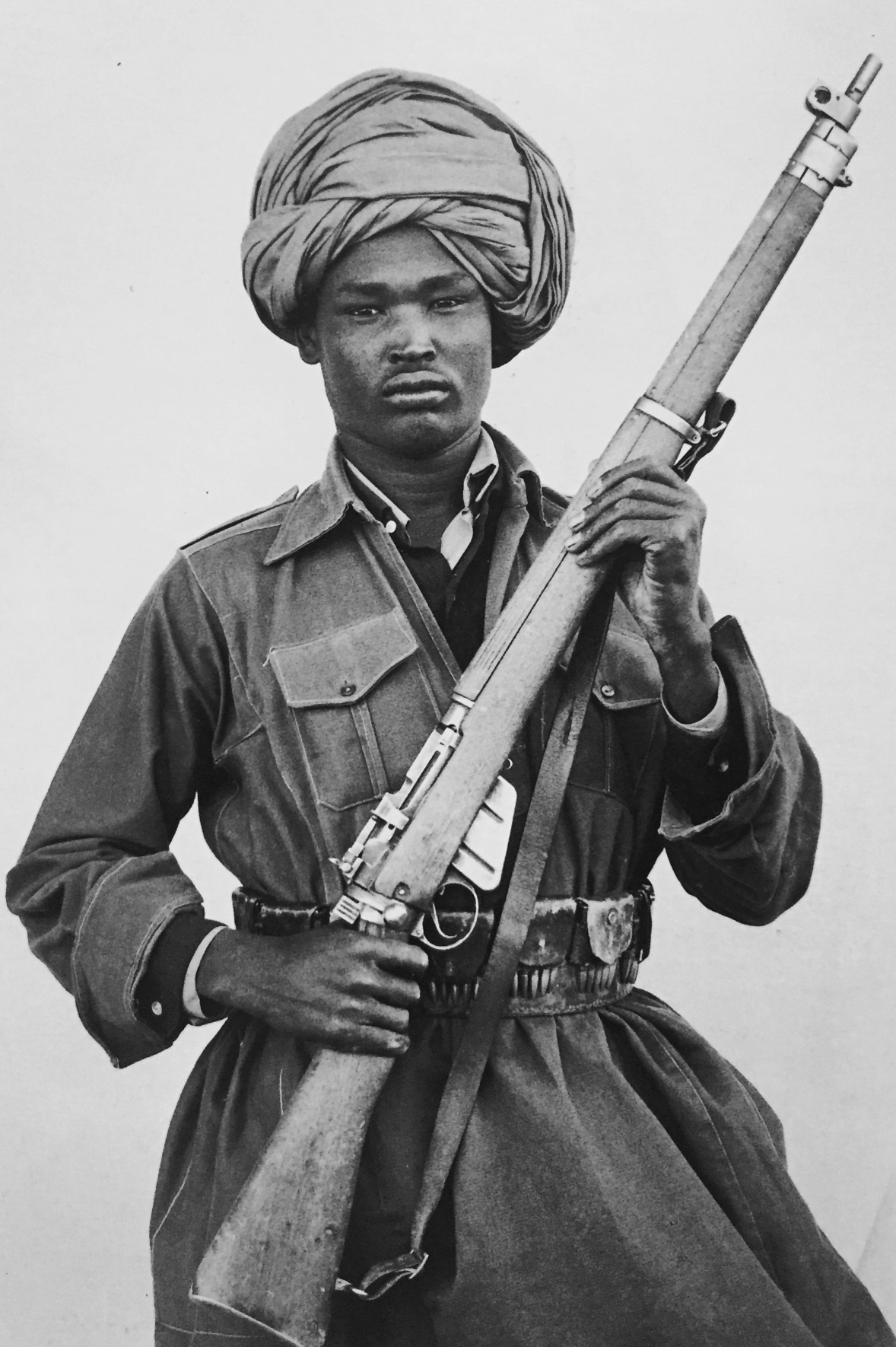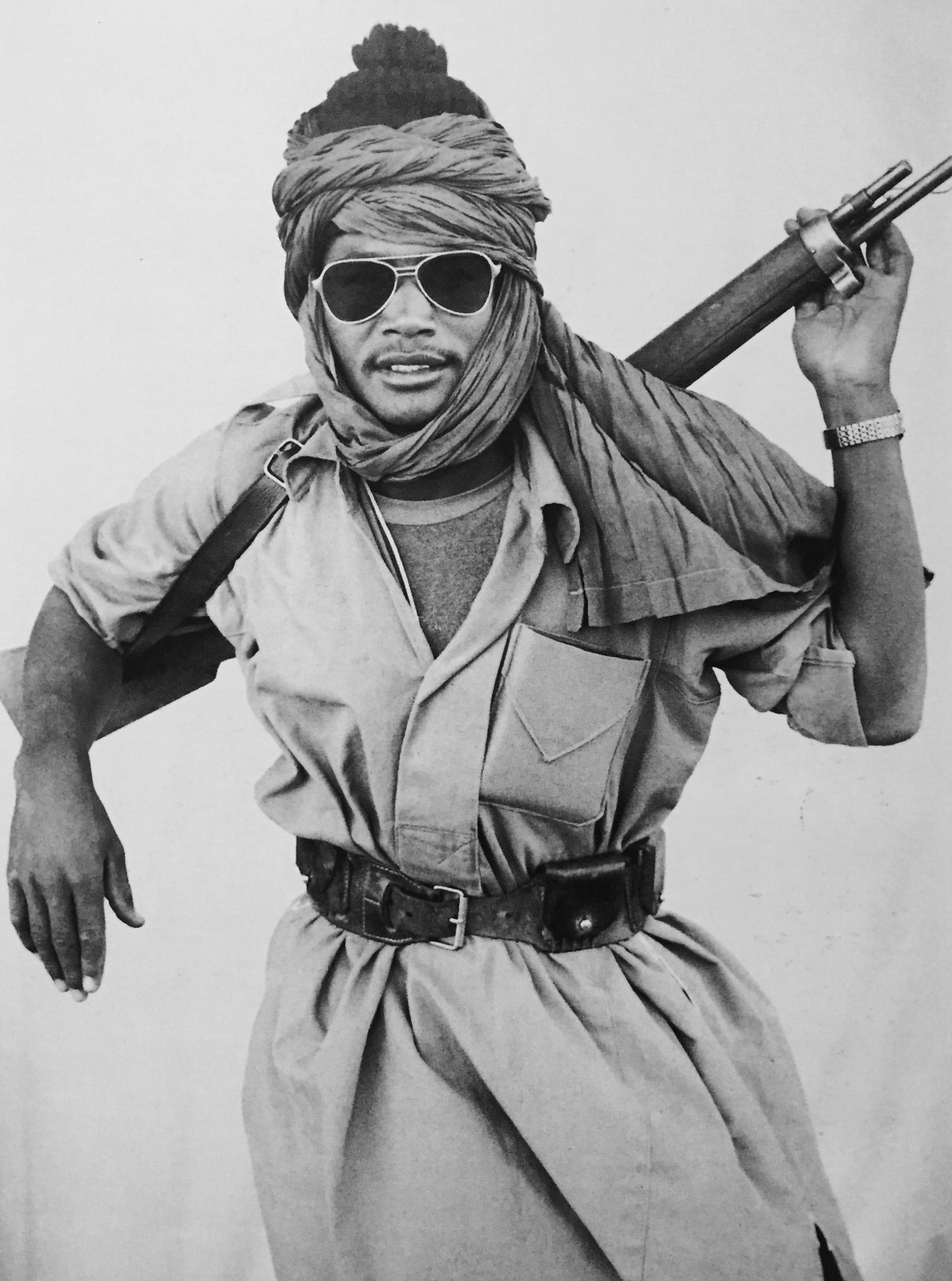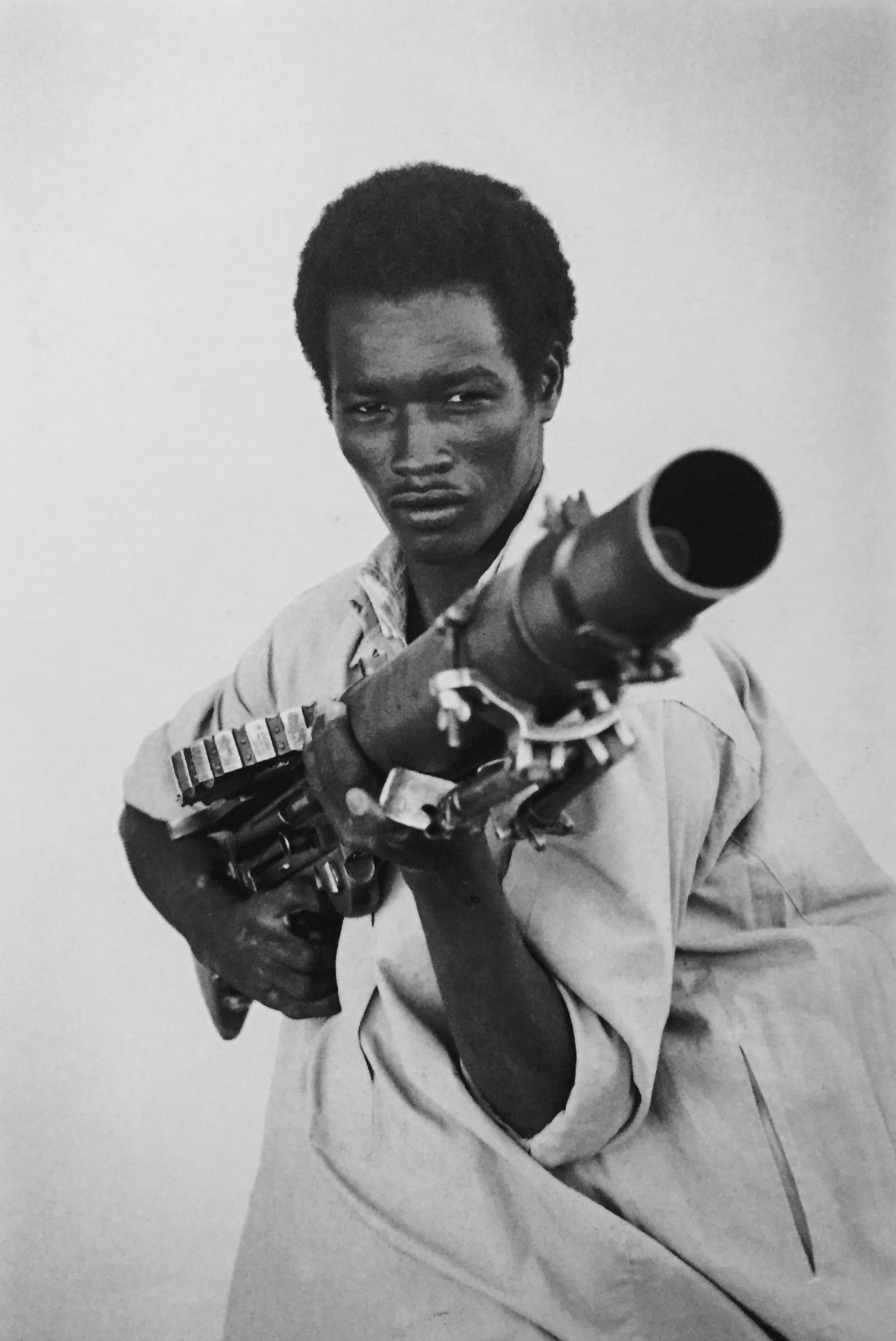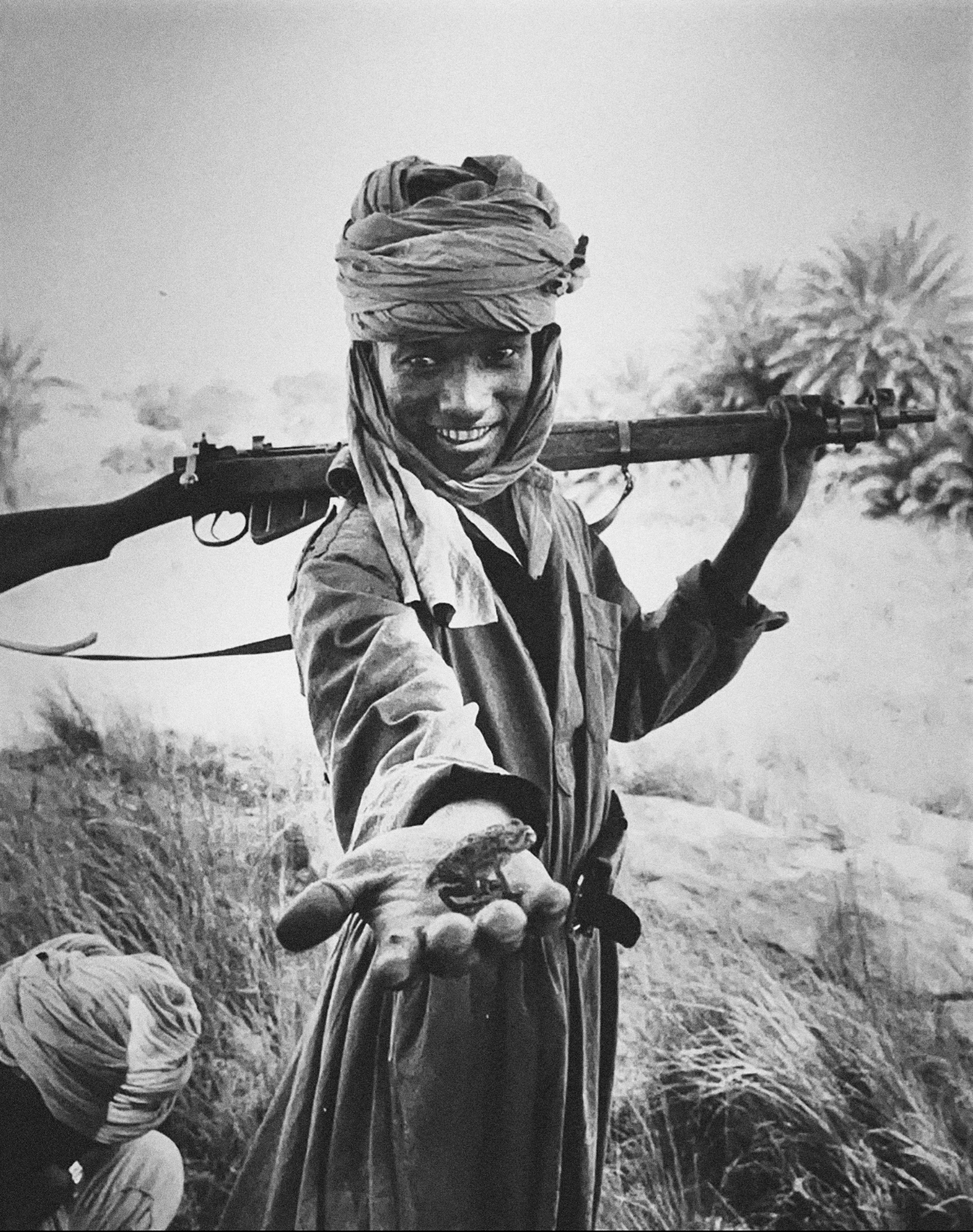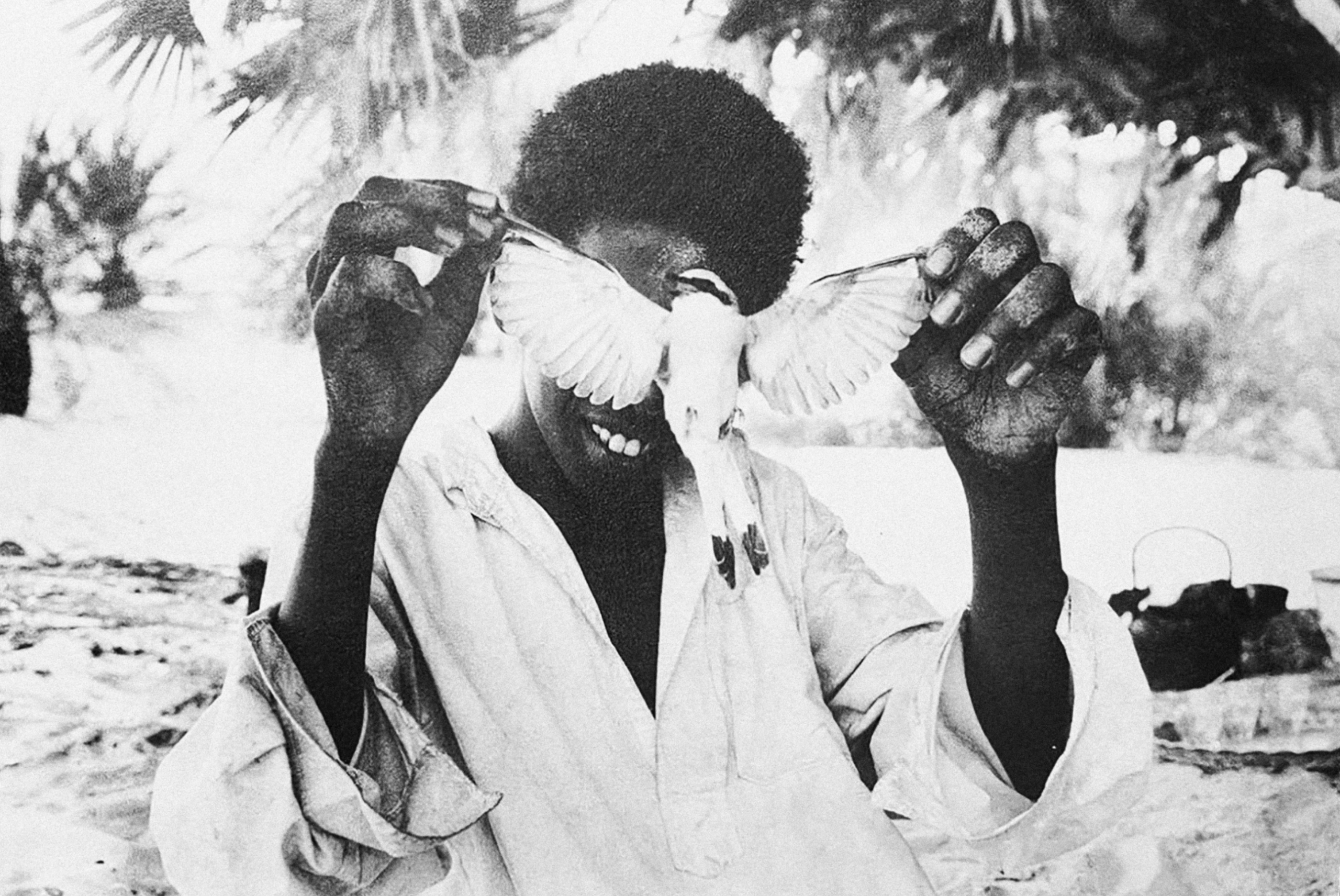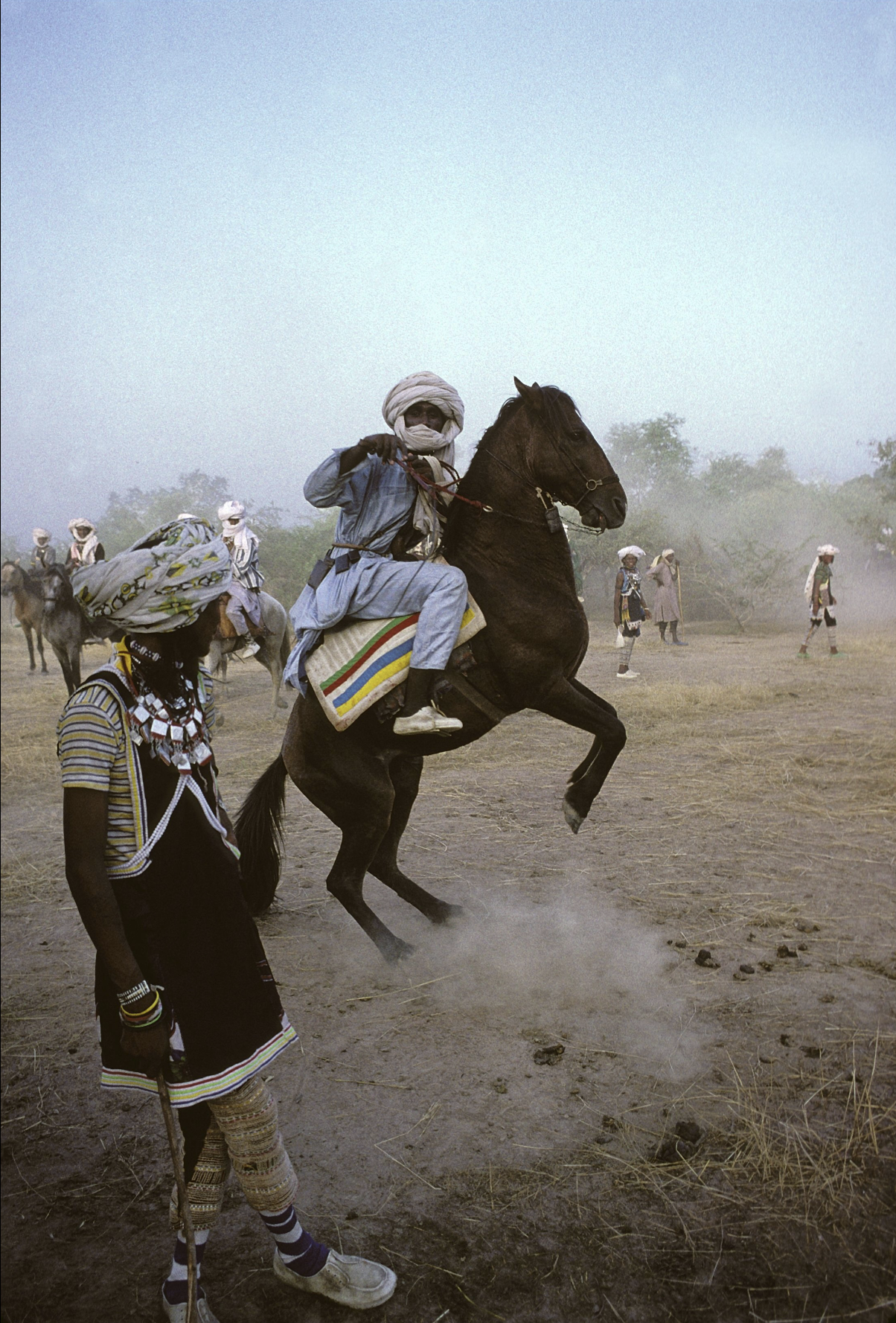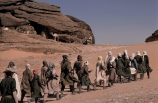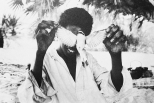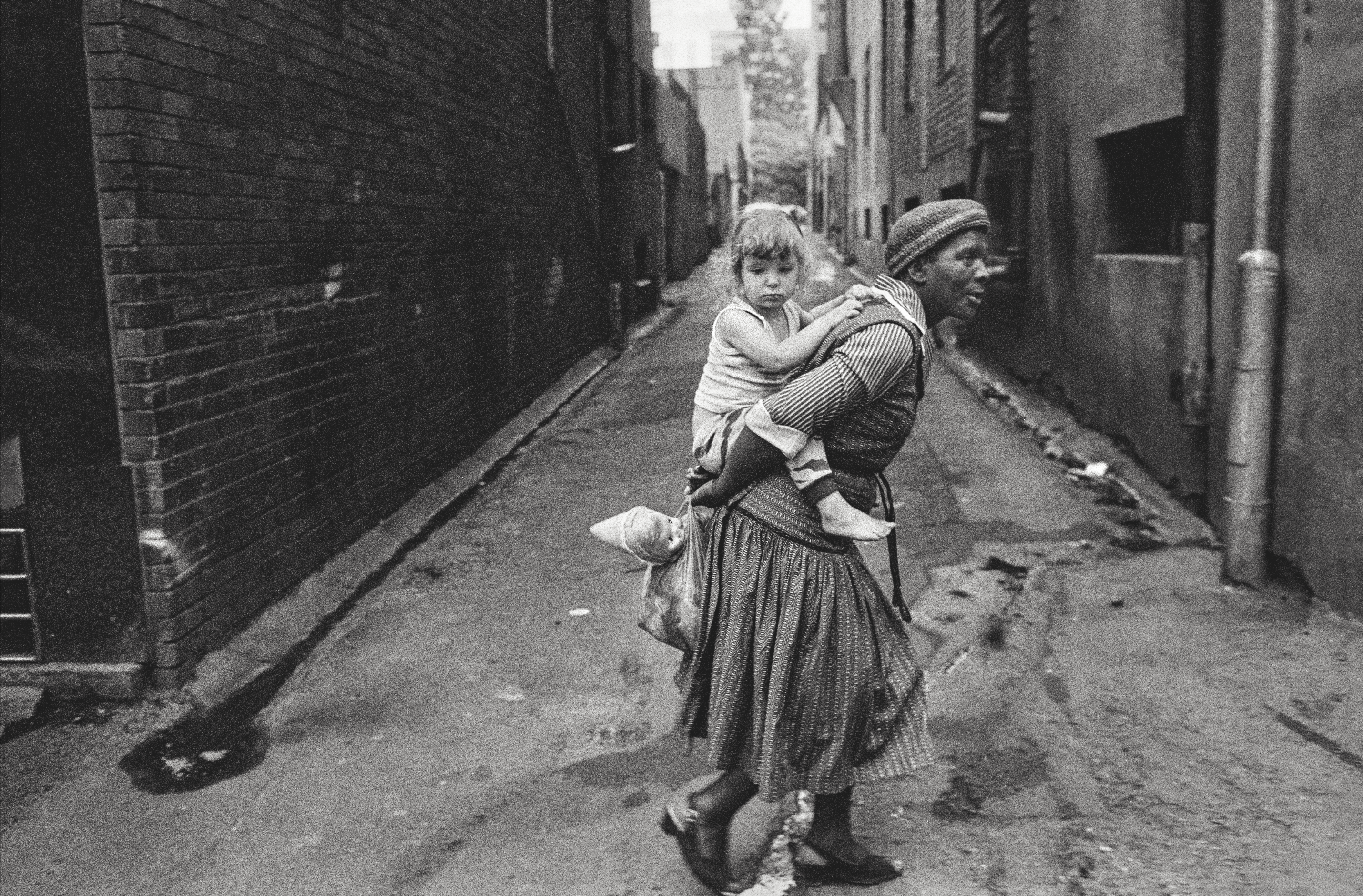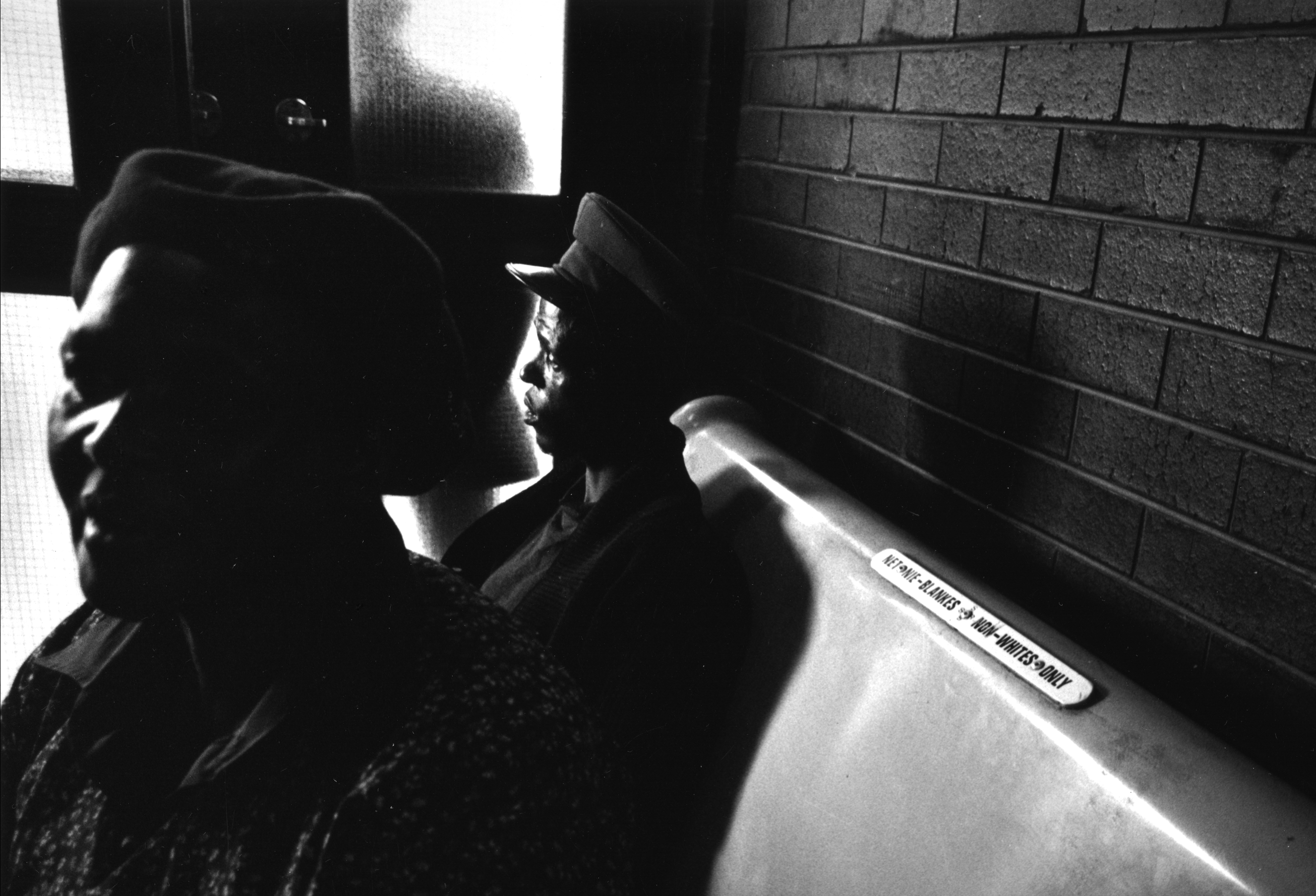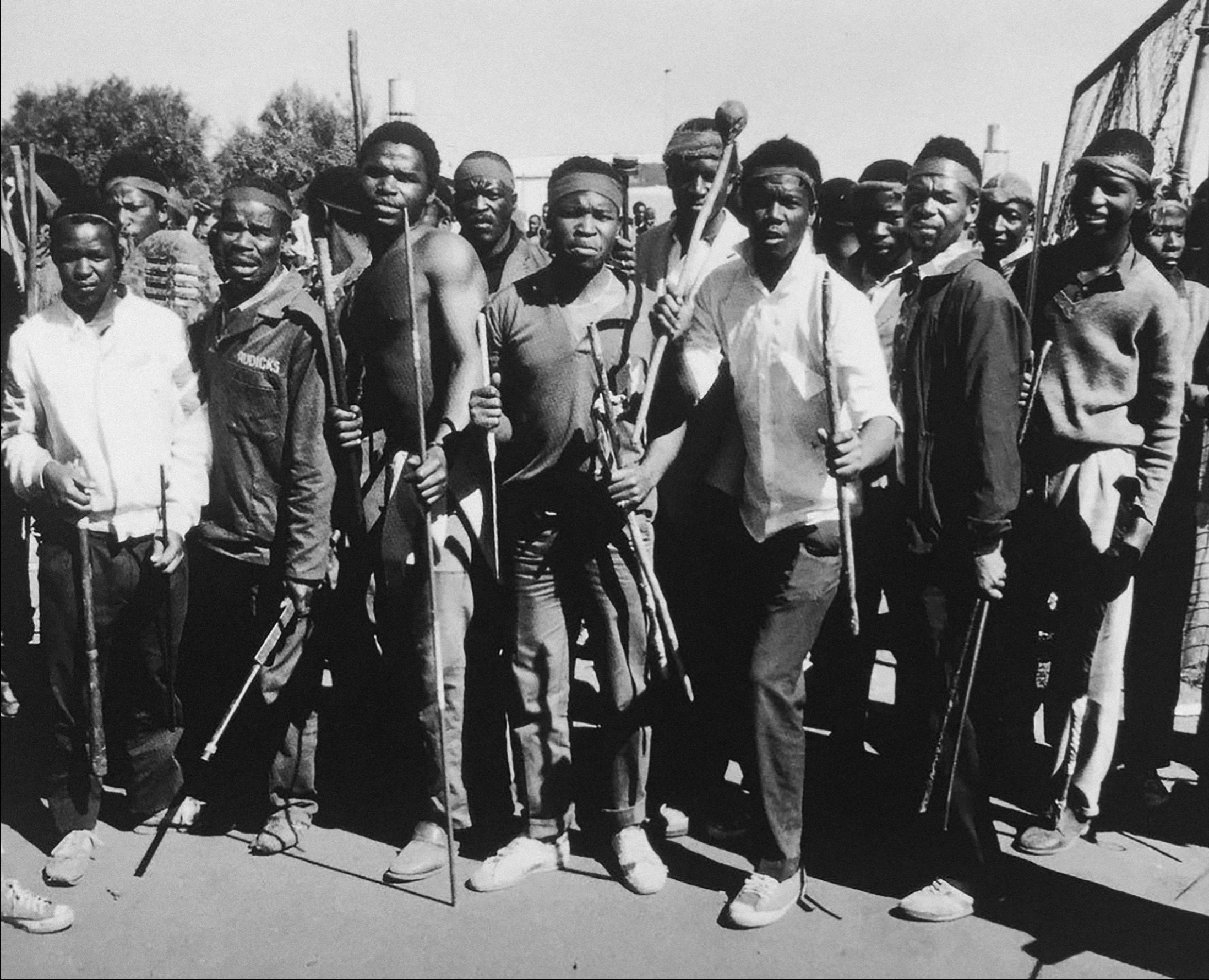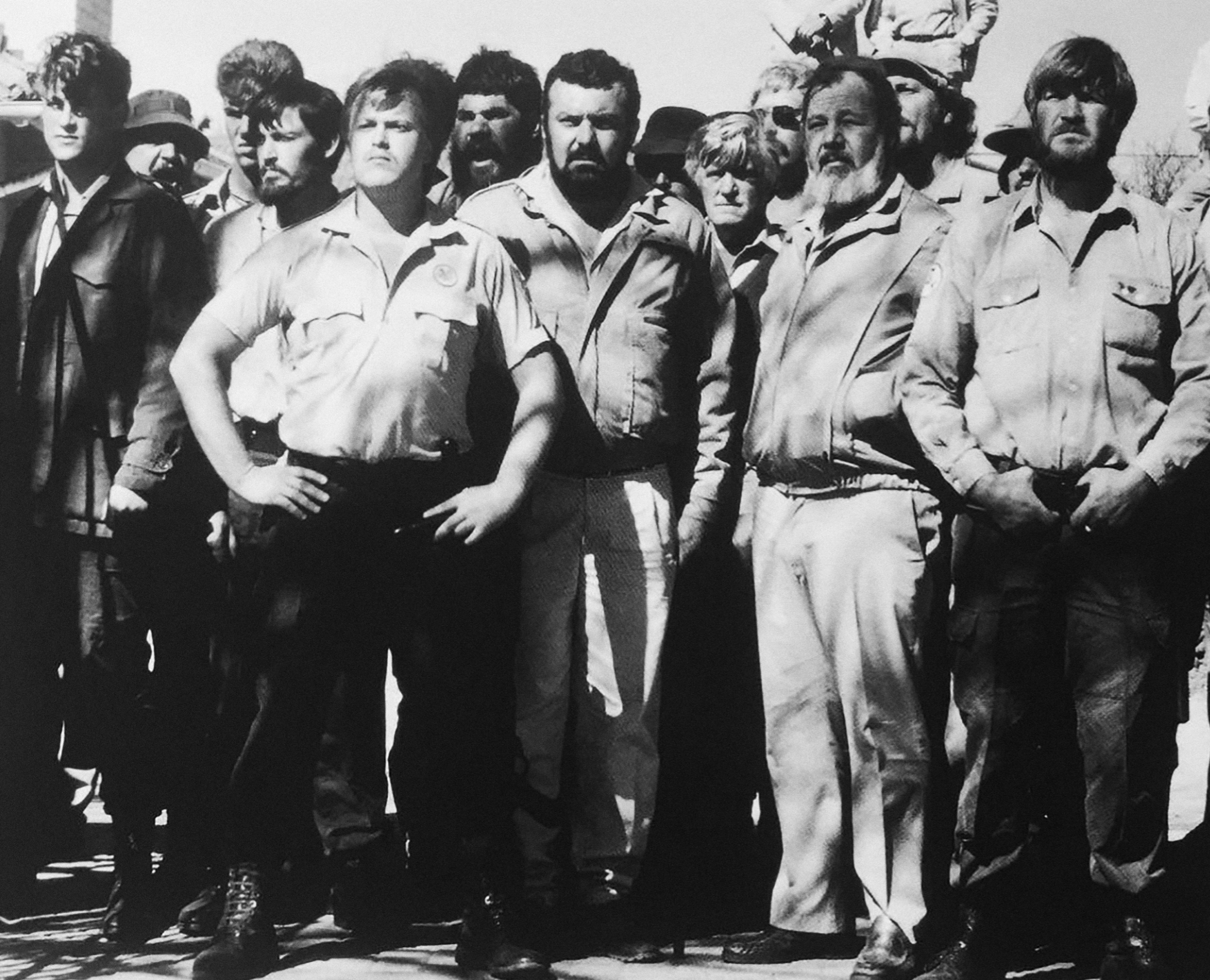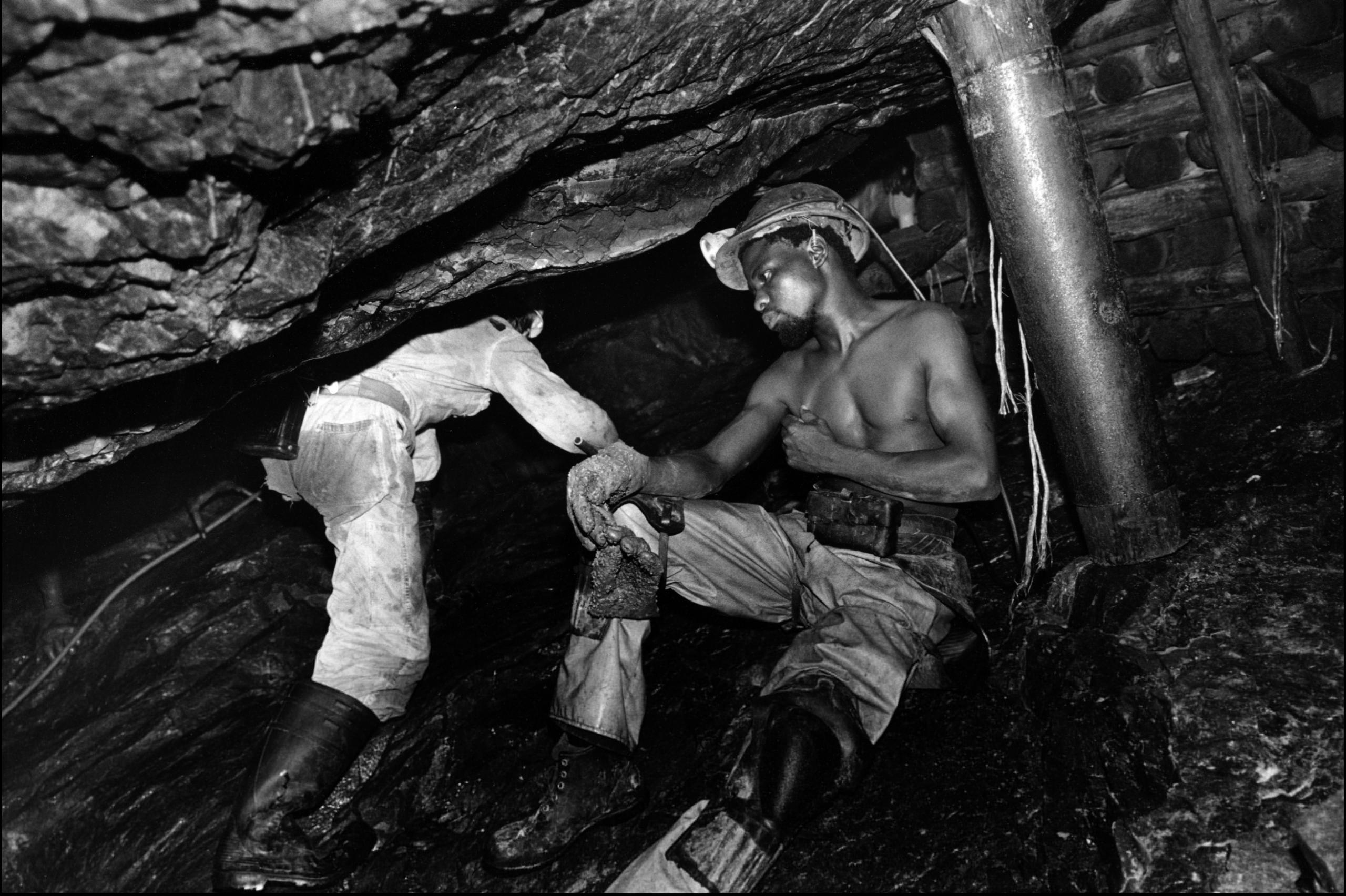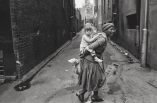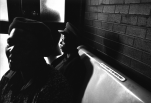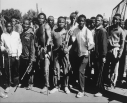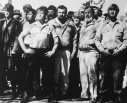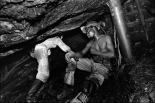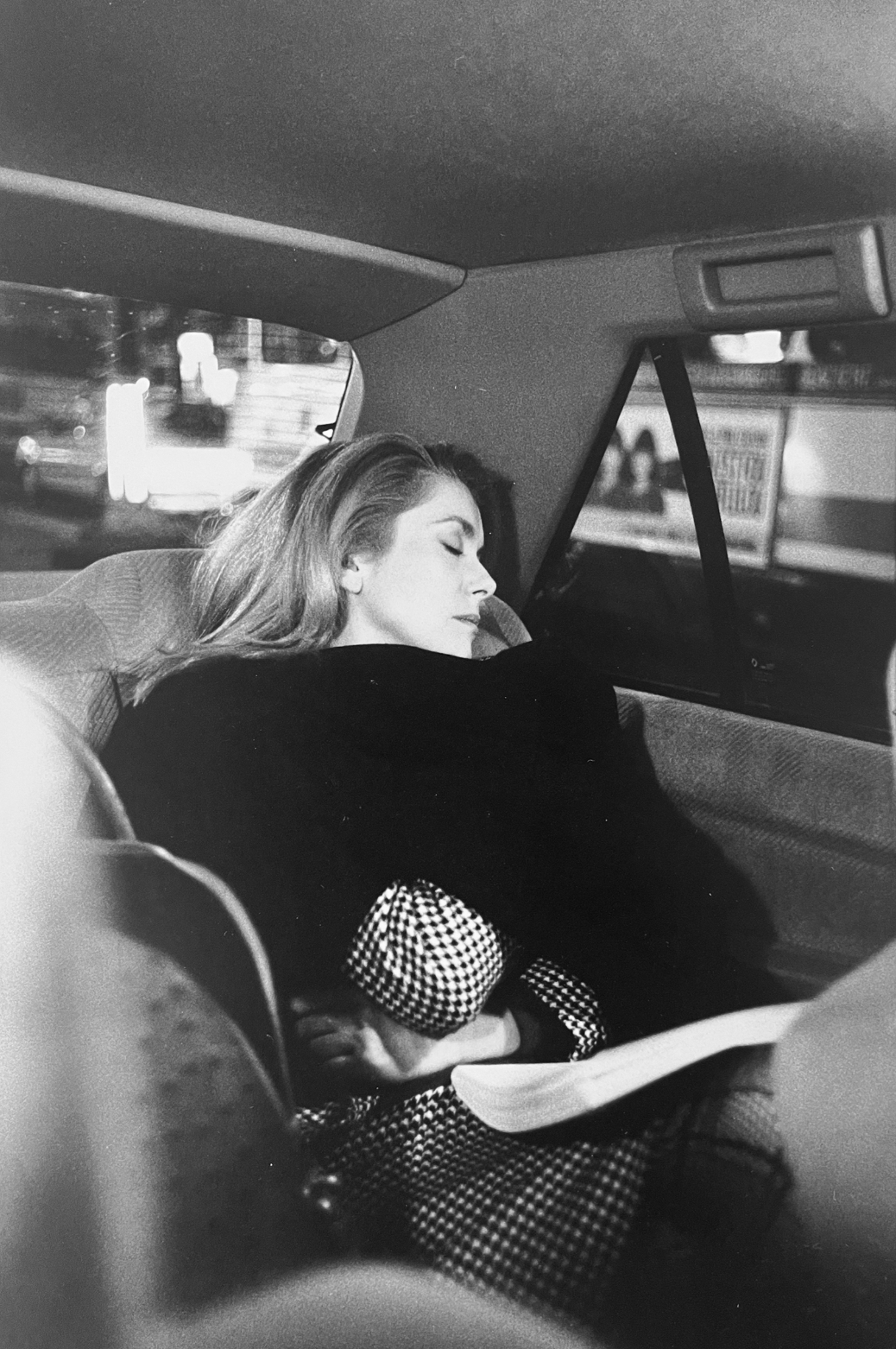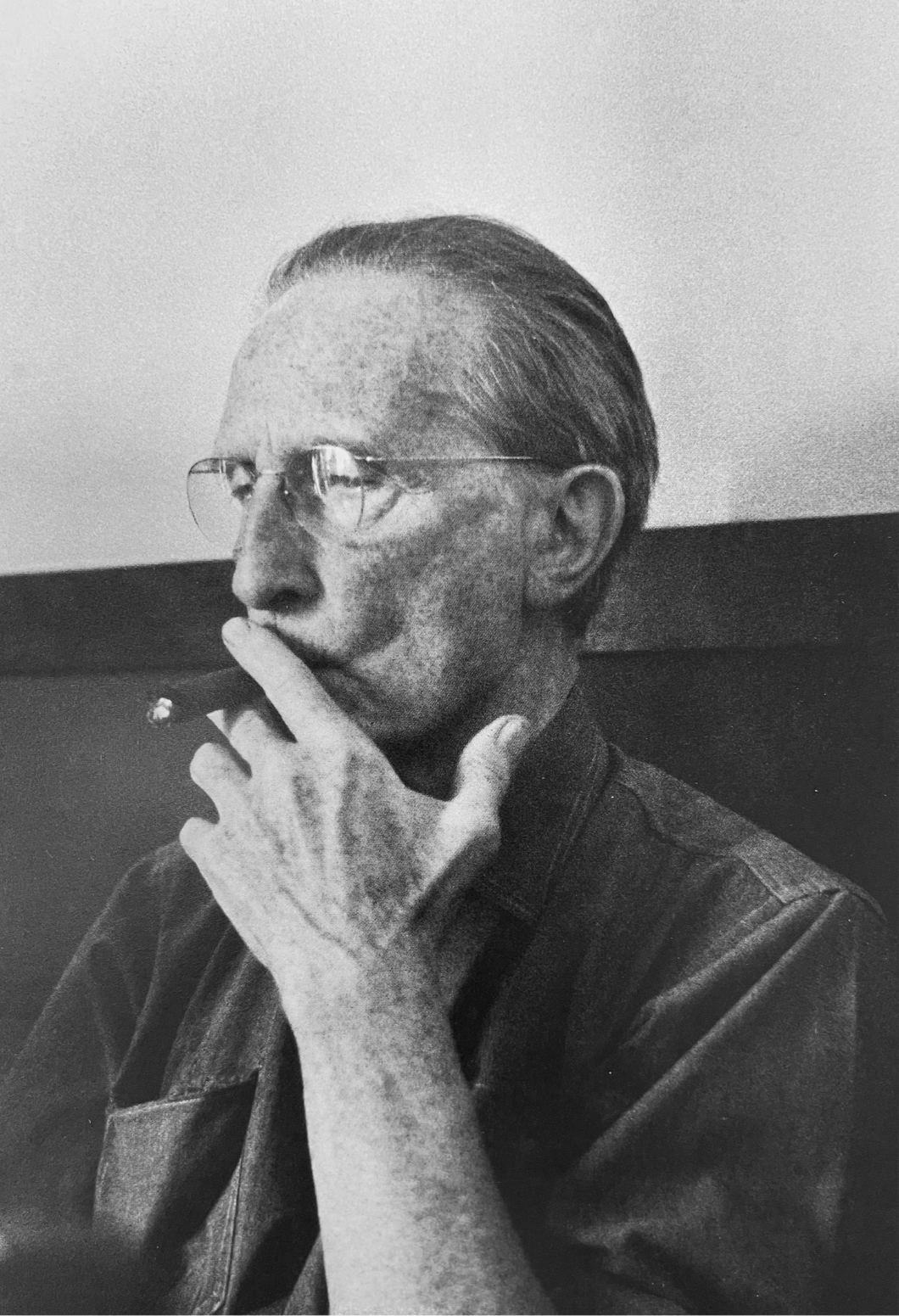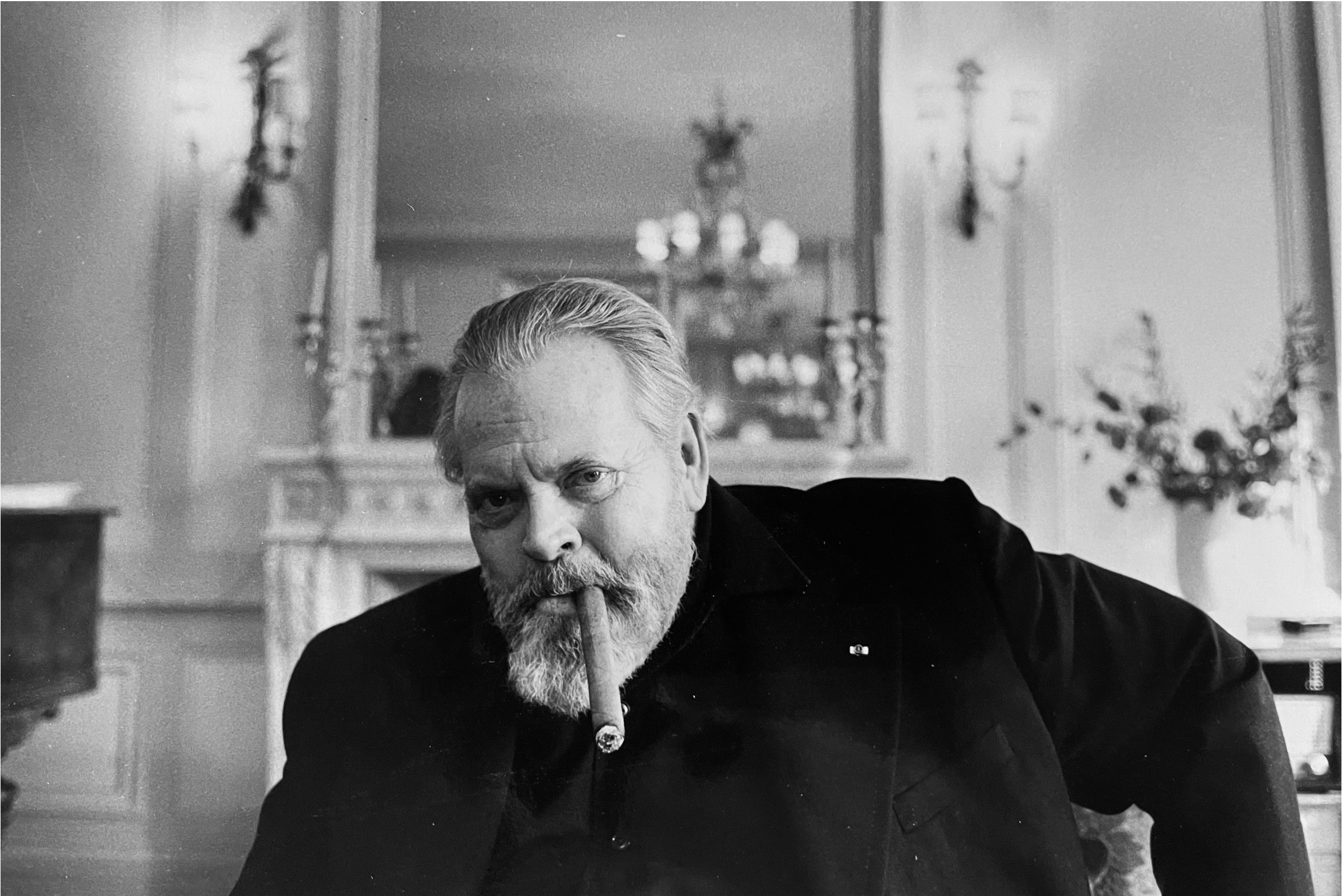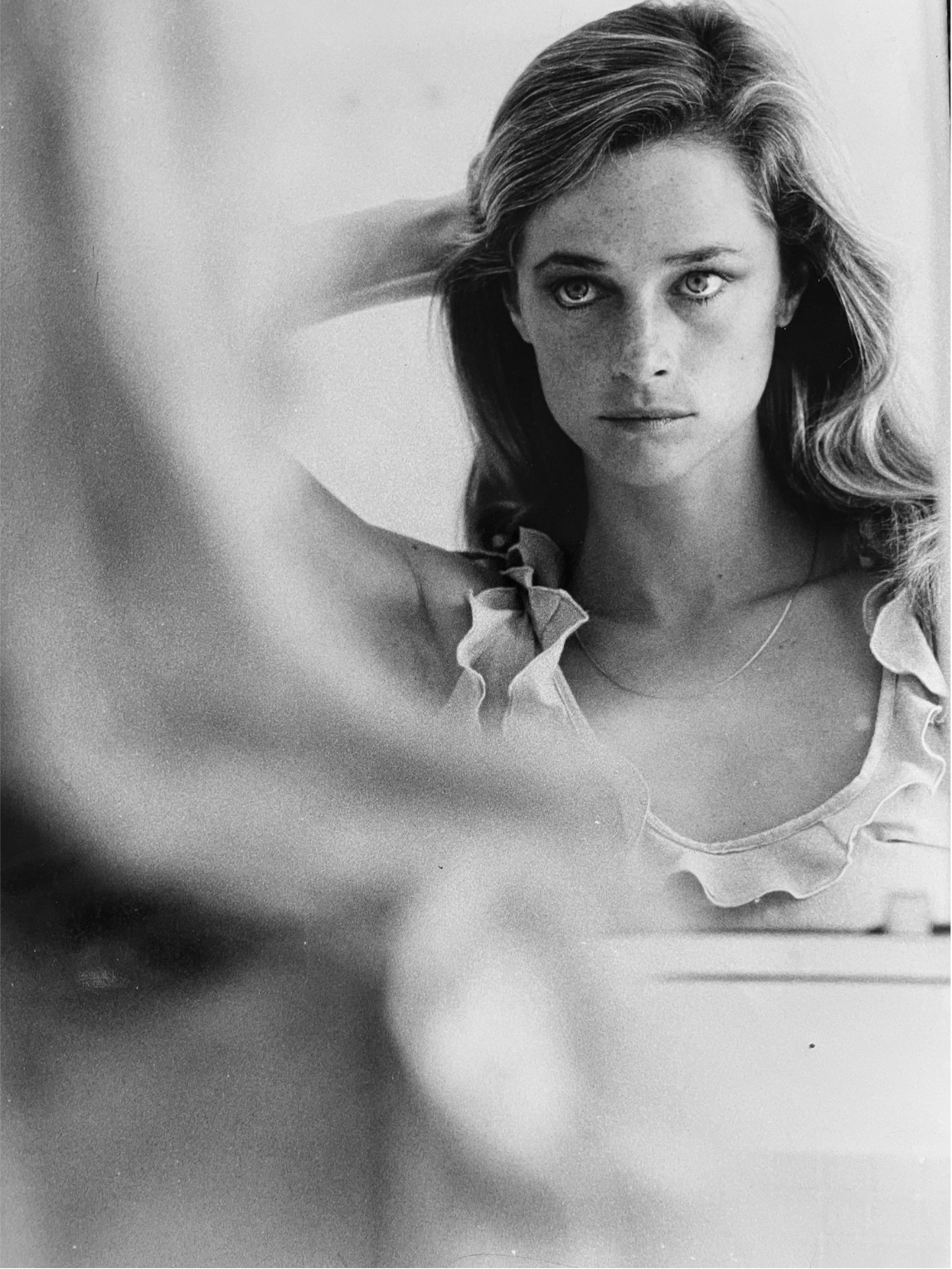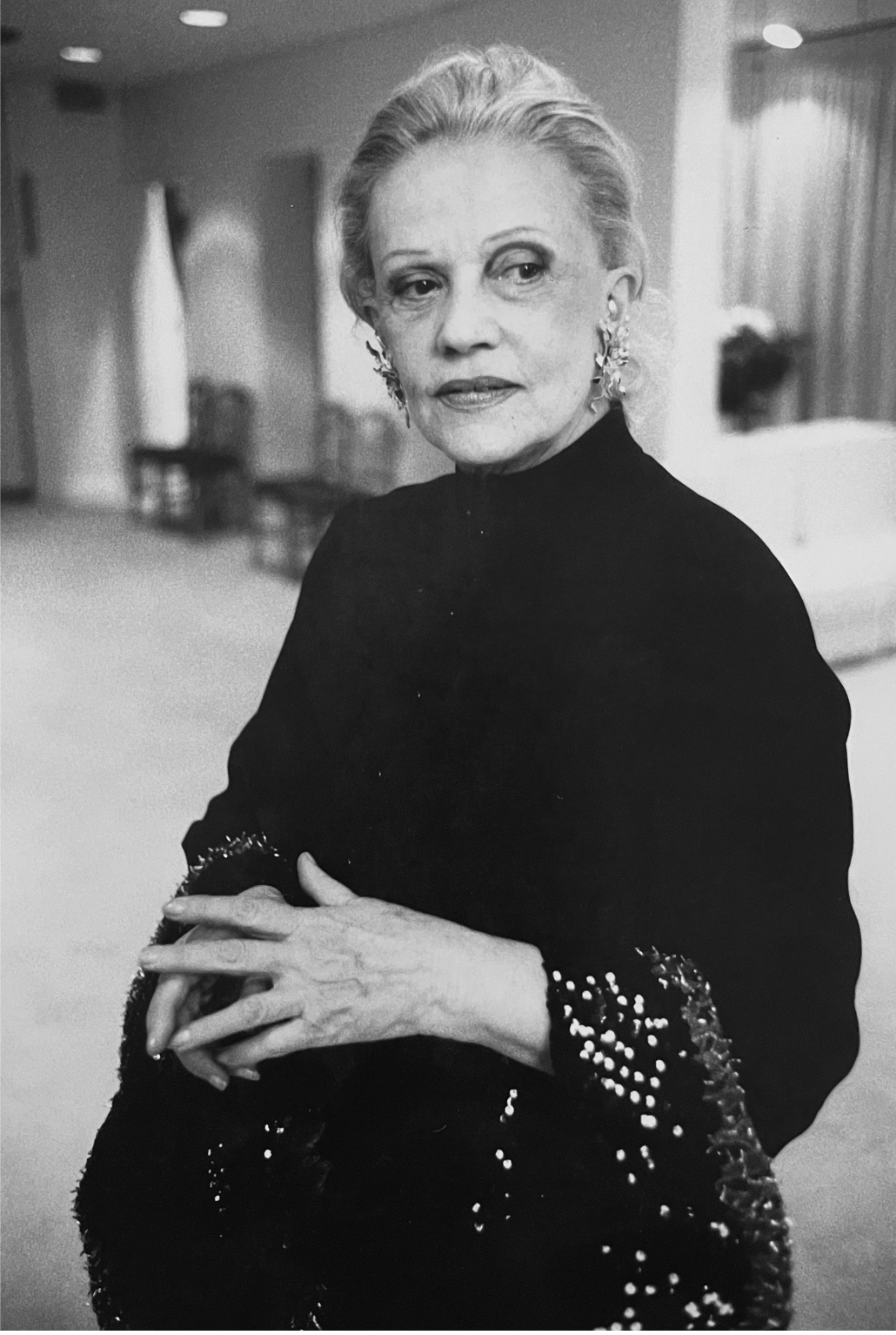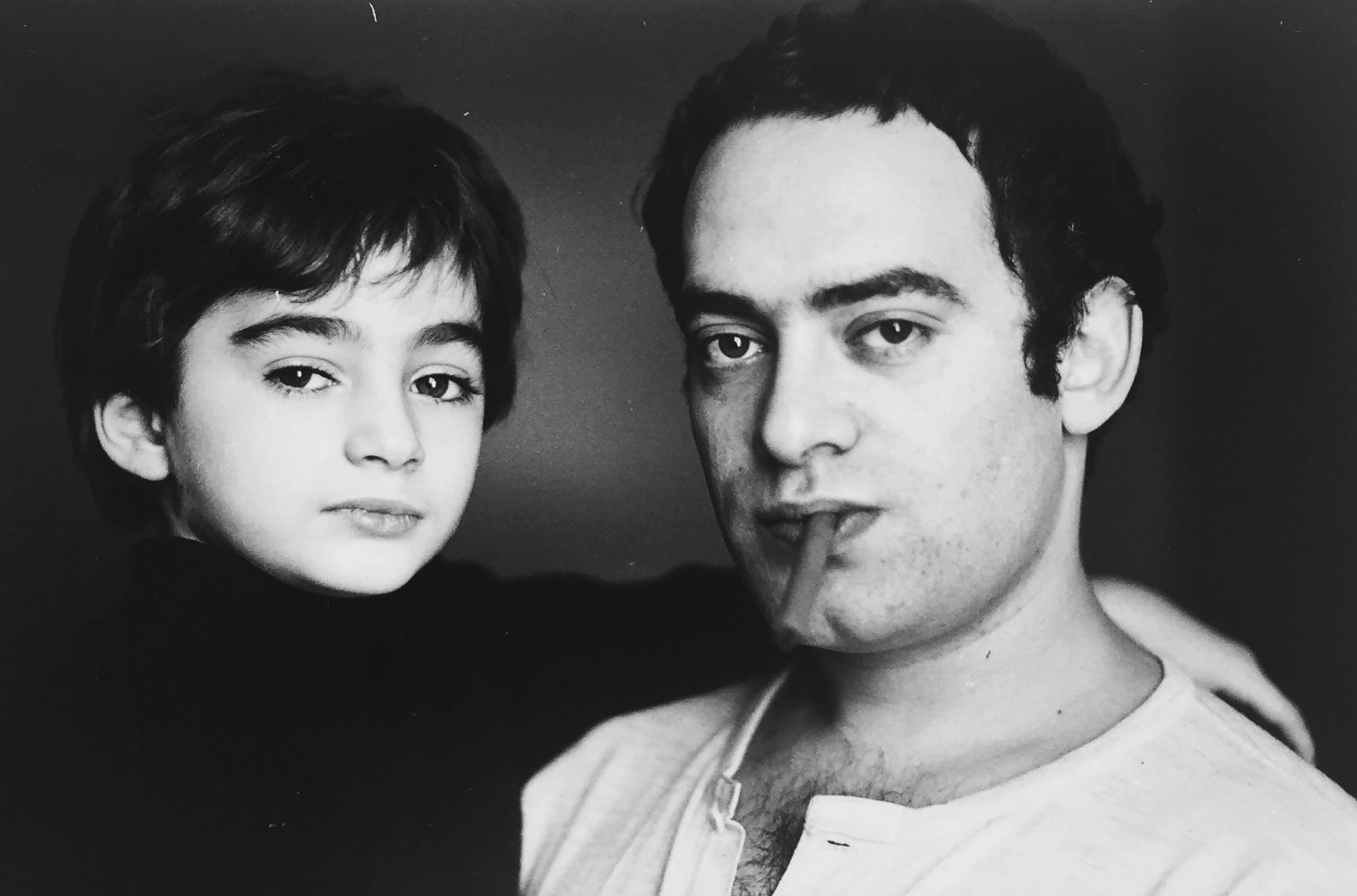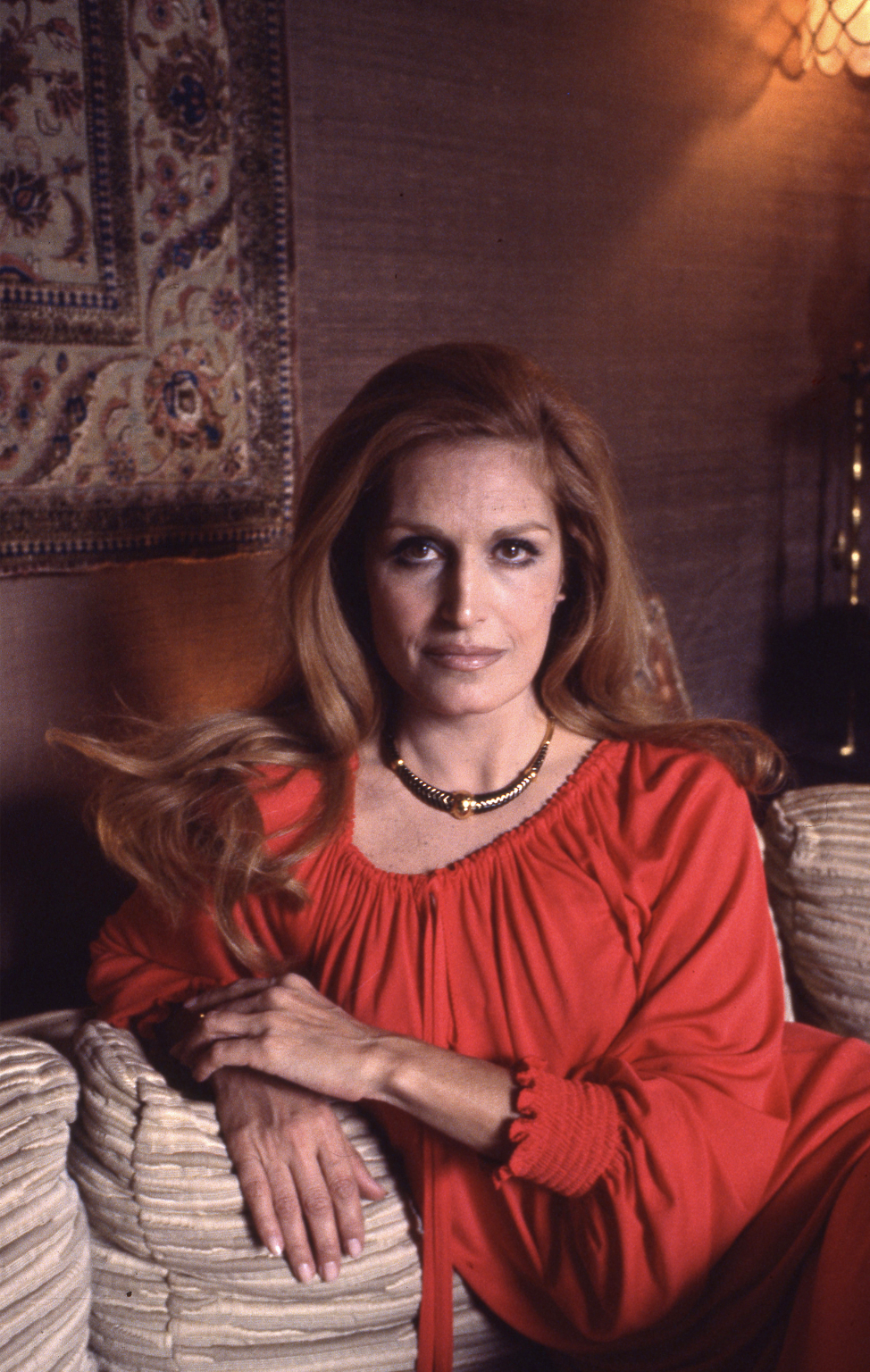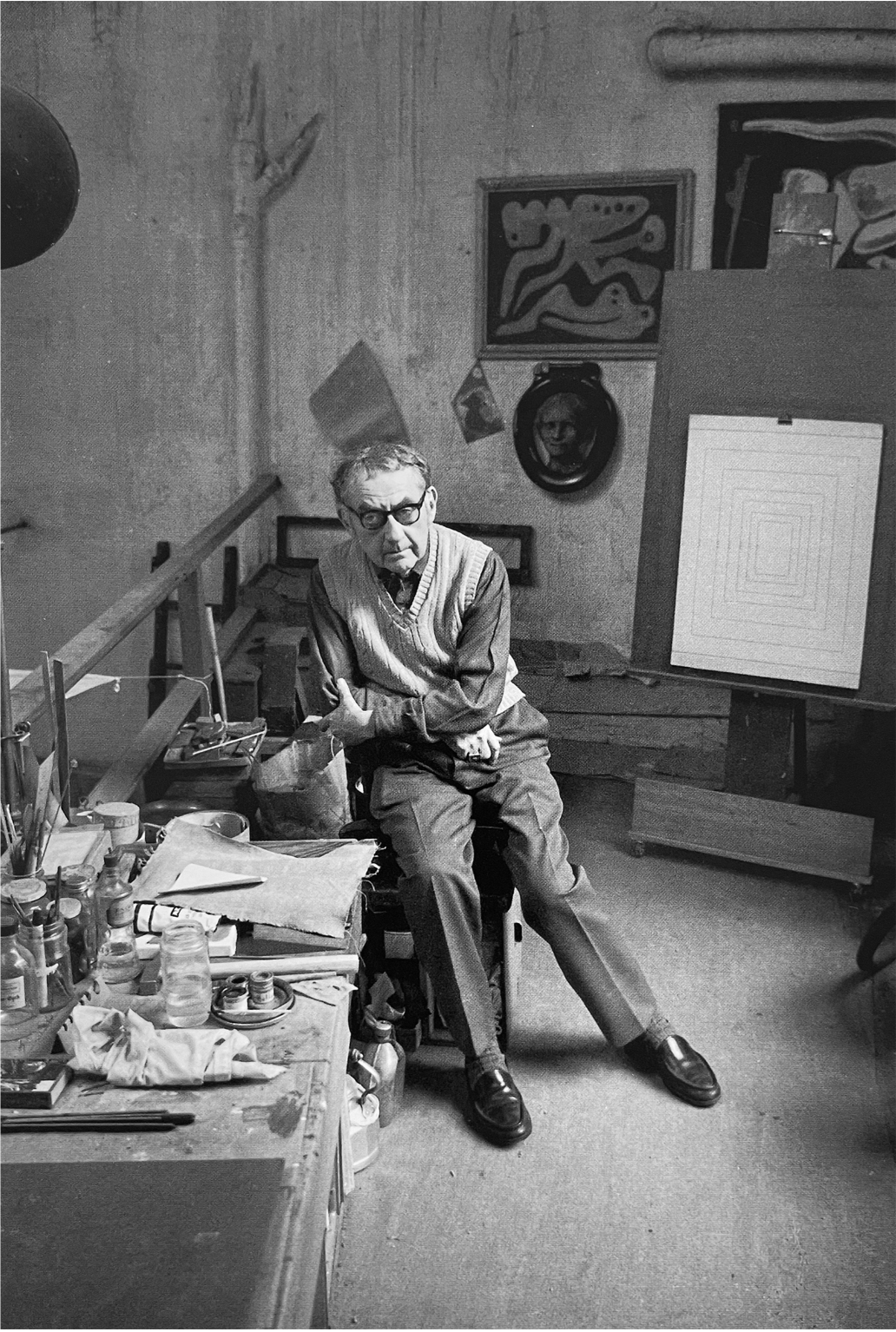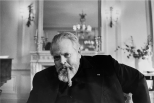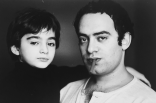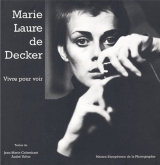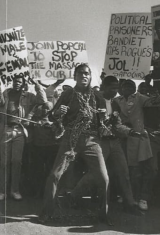in camera and Anne-Laure Buffard galleries join forces to represent photographer Marie-Laure de Decker (1947-2023) in collaboration with her sons, Pablo Saavedra de Decker and Balthazar Lévy.
In a male-dominated field, Marie-Laure de Decker stood out as one of the few to make her mark in photojournalism, portraiture, and war photography. Her powerful images and her commitment to activism and humanism left a lasting impression on the world of journalism.
She began her career as model in Paris from 1965 to 1967, then left for Asia from 1972-1973 to build a portfolio for the Agence Gamma. She traveled for several months through India, Laos, Thailand, Cambodia, Singapore, and reached Vietnam in the spring of 1971, in Saigon (now Ho Chi Minh City). Upon returning to France, she started working for the Agence Gamma.
Accompanied by her Leica camera, she covered numerous conflicts and crisis zones across the globe, such as the civil war in Vietnam, in Chad, South and North Yemen (1973), industrial pollution in Japan (1973), Chile under military dictatorship (1974 and 1983), Mozambique (1979), the USSR (1980-1981), the drought in Mali (1984), apartheid in South Africa (1985 and 1994), China (1985), and finally Bosnia (1993). De Decker never portrayed war through blood, sickness, or nudity, but rather by photographing the population making and experiencing it.
She directed two short films Việt Nam (1995) and Maldita Primavera, about the 10th anniversary of Allende’s death, as well as a full-length feature documentary, Un voyage chez les Wodaabés (Journey to the Wodaabe, 2004).
By the end of the 1980s, she shifted toward fashion and still photography, working for Vogue. She documented the film sets and production of Under the Sun of Satan (1987) and Van Gogh (1991) by Maurice Pialat, Indochine (1992) by Régis Wargnier or Farewell, Home Sweet Home (1999) by Otar Iosseliani.
She photographed many personalities she admired, including Marcel Duchamp, Roland Topor, Jacques Prévert, Orson Wells, Catherine Deneuve, Françoise Sagan, Man Ray, Gilles Deleuze, and Jorge Luis Borges.
In 1995, she settled in Tarn (Southern France), where she photographed landscapes and rural everyday life. She pursued alongside her documentary work with the Wodaabe nation, a cattle-herder community from southwestern Chad. This country remained of particular importance to her since her involvement in the liberation of Françoise Claustre, who was kidnapped in the Tibesti region in 1974 and freed 33 months later.
In 2001, the Maison Européenne de la Photographie organized her first major exhibition, Vivre pour voir, which established her as a major figure in French photography. In 2006, the international photojournalism festival Visa pour image paid tribute to her career. She was awarded the Prix International Planète Albert Kahn in 2012.
A retrospective is dedicated to her at the Maison Européenne de la Photographie in Paris until September 28, 2025.

